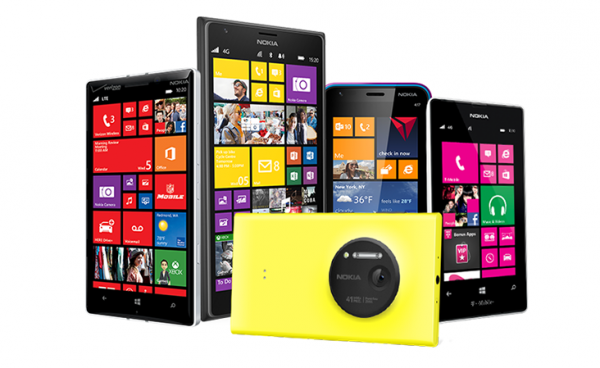
In late-October 2012 Microsoft released Windows Phone 8. Today, it is still the latest available iteration, more than a year after its arrival. Some would say its feature set was outdated when it launched, more so now as both rivals, Android and iOS, have been improved multiple times since, pushing them further ahead of Microsoft's own competitor.
Windows Phone 8.1 is Microsoft's chance to finally catch up to Android and iOS in the feature department, and, for the first time, give its offering a tangible advantage over its more popular adversaries. Windows Phone 8.1 appears to be long overdue when we consider that Android and iOS see one or two major updates each year, and their feature sets are really cutting edge. We know Microsoft revealed that its new smartphone operating system will launch this spring, so let us take a look at what it is known to bring to the table.
More Qualcomm Romance
Windows Phone 7, Windows Phone 8 and, most recently, Windows Phone 8.1 have an exclusive relationship with Qualcomm processors (the same does not hold true the other way around, though), which are the only ones supported by the smartphone OS and the only ones vendors are allowed to use in their devices.
Microsoft has been slow to update Windows Phone to support Qualcomm's latest processors, as the smartphone OS was always one step behind supporting what the chip maker had on tap. That changed in late-2013, when the software giant gave vendors the opportunity to use the beefy Snapdragon 800, Qualcomm's then baddest processor on the block, though a software upgrade, called Update 3.
In Windows Phone 8.1, Microsoft revealed that the smartphone OS adds support for its entry-level lineup, comprised of the Snapdragon 200, Snapdragon 400 and Snapdragon 400 with LTE, which are the replacements of the Windows Phone-supported, but Qualcomm's former, S4 generation. This will give vendors the option to target more price-conscious buyers, expand their reach in LTE markets and, ultimately, grab more market share for themselves and the platform as well.
Microsoft made no mention of the Snapdragon 801 at MWC, which is Qualcomm's new top of the line mobile processor, that powers the Sony Xperia Z2 and Samsung Galaxy S5. It would be foolish not to support it in Windows Phone 8.1, as specs matter for a bunch of good reasons, one being the obvious performance increase. Also, Microsoft made no mention of supporting the Snapdragon 805, which will be even faster but will launch later in the year. Again, the company would be foolish not to support this one either.
More Hardware Partners
Windows Phone 8 has seen low adoption among smartphone vendors, as only HTC, Huawei, Nokia and Samsung have released devices running the current version of the tiled OS. Of the four, only the Finnish maker has fully committed to the platform, while the other three are more focused on their Android strategy.
Microsoft announced at MWC that Gionee, JSR Technology, Lenovo, Longcheer, ZTE, Kabonn, Xolo, Lava, LG, and Foxconn have been added to the Windows Phone hardware partners list. The company says they account for 55 percent of smartphones across the globe. That is good news for the platform. But do not expect to see all of them releasing Windows Phone 8.1 handsets immediately after the new tiled OS launches. It could take a while to see that happening, and it will be interesting to see how much of their commitment will be about Windows Phone, in contrast to Android.
More Flexibility
Microsoft says it is now "open for business on Windows Phone", for everyone interested in building such a smartphone. To achieve this, interested parties can take advantage of Qualcomm's Reference Design and Microsoft's support for it. This will, for instance, give mobile operators the opportunity to directly tap into the Windows Phone market with branded offerings. That is a major advantage Microsoft is creating for itself, as such smartphones can be subsidized and undercut similar offerings in mobile operator stores. Every resource will be available at oem.windowsphone.com.
Windows Phone vendors will be able to release devices for TD-LTE and SGLTE networks, on top of TD-SCDMA, which are used in large smartphone markets like China. That is good news, as more people will have the opportunity to grab a Windows Phone 8.1 smartphone, and use it on the network of their mobile operator of choice.
Those vendors will also be able to offer Windows Phone 8.1 on dual-SIM smartphones, which are popular in some large, and emerging markets, again like China, where consumers may use one network for calls and the other for Internet access (or, personal and business use). The way the tiled OS will visually support dual-SIM smartphones is by offering separate access, in the Phone and Messaging apps, for each network. The Messaging tiles can be linked, to minimize clutter on the start screen. Microsoft also says it is providing "Total user control of Dual-SIM experience".
Lower Barrier Of Entry
Currently, all Windows Phone 8 handsets that we see on the market have a minimum of 512 MB of RAM, 4 GB of internal storage, capacitive keys (and, in Samsung's case one physical button) on the front, all in the same order, and hardware keys for the volume, power and camera shutter on the side. The said hardware layout has been purposefully imposed to give Windows Phones consistency.
But it also means that vendors which are OK with the idea of making Windows Phones have to adapt their smartphone designs, or create new ones, to release devices running the tiled OS. So, in Windows Phone 8.1 Microsoft is giving them the option to use software buttons, instead of hardware ones, on the front, and ditch the dedicated camera shutter key. The last bit is meant to allow vendors to repurpose smartphones that are meant for Android, most of which do not have that button, to run Windows Phone 8.1.
To improve the user experience on low-end Windows Phone 8.1 smartphones, the OS will ship with improved microSD support. What that likely means is apps will be able to be installed and run from the attached external storage. That, mind you, is slower than the internal storage but is a great idea to implement to give owners of entry-level Windows Phone 8.1 devices more flexibility. On a Lumia 520, for instance, that means users will no longer be limited to enjoying a couple of big games, and will be able to install more.
More Enterprise Appeal
Microsoft jumped the gun last year when it announced in July that Windows Phone will receive an enterprise feature pack. When? In the first half of 2014. Eight months after the announcement and users still have not received it on their smartphones.
The highlights of the enterprise feature pack are support for enterprise Wi-Fi, S/MIME and VPN, extended mobile device management and certificate management. These are all features which Windows Phone desperately needs to gain more traction in enterprise, but the latest iteration does not have, effectively holding back growth in that segment.
At MWC 2014, Joe Belfiore, the head of Windows Phone, said that the enterprise feature pack will actually be integrated in Windows Phone 8.1, and not added on top of Windows Phone 8 like some, according to Belfiore, have believed to be the case. That was not an illogical assumption, after all, as it would give Windows Phone 8 devices a better chance to get the green light from more enterprises. However...
Compatibility With Windows Phone 8 Devices
This enterprise feature pack will be part of Windows Phone 8.1, which will be offered as an upgrade to current Windows Phone 8 devices. I am not holding my breath on the upgrade arriving sooner than in the first three months of Windows Phone 8.1's availability, as there are numerous steps to go through, which take time to complete, for the latest OS iteration to land on people's current, compatible smartphones.
I assume Microsoft will offer Windows Phone 8.1 through its Preview for Developers program, which gives enrolled users the option to install the non-customized Windows Phone version, the latest available at the time. If you have not enrolled already, you can look at a story I wrote following Windows Phone 8 Update 3 to learn how to do it. Once, and if, Windows Phone 8.1 is offered through Preview for Developers you can run the update immediately.
Want to Watch the MWC Presentation?
Microsoft made most of these announcements during an MWC keynote, that you can view here.







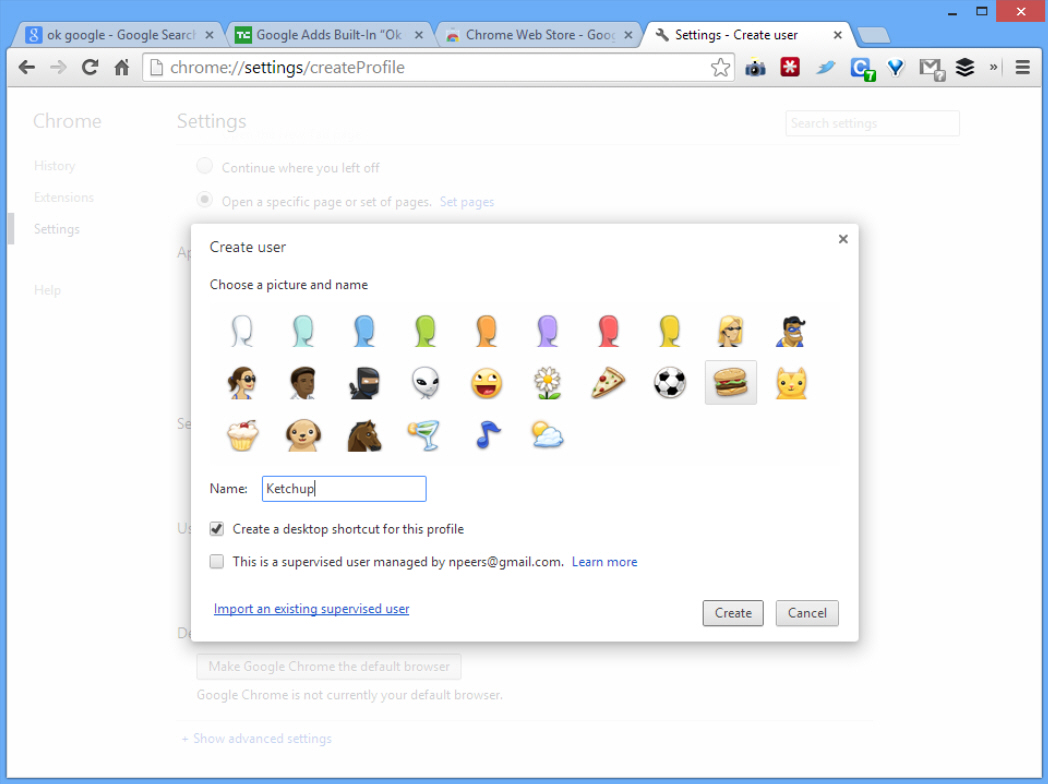
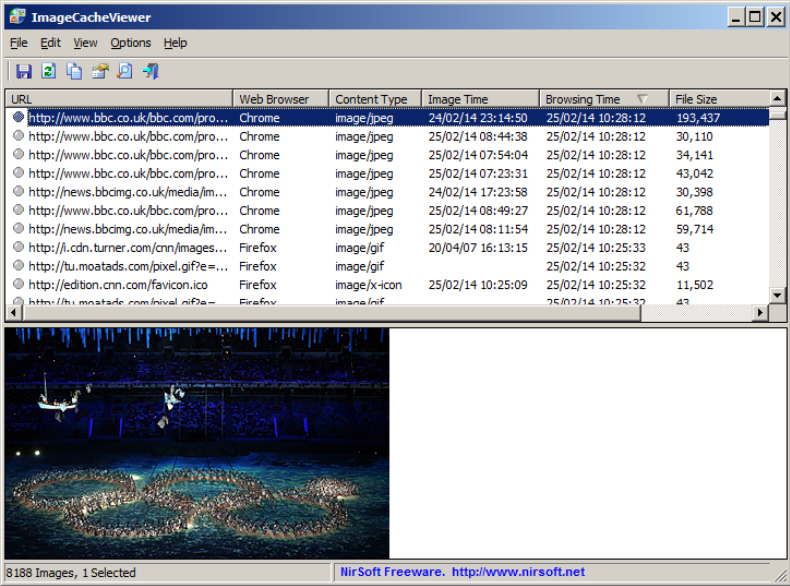


 Eighth in a series. The app that’s got me most excited this week isn’t even out yet.
Eighth in a series. The app that’s got me most excited this week isn’t even out yet. 


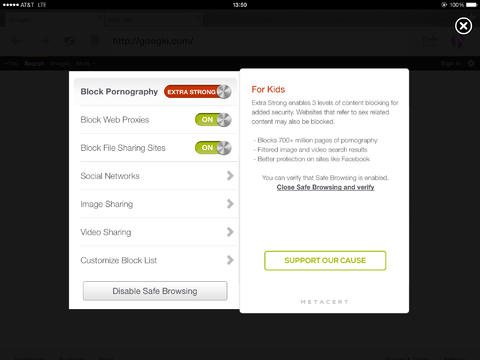



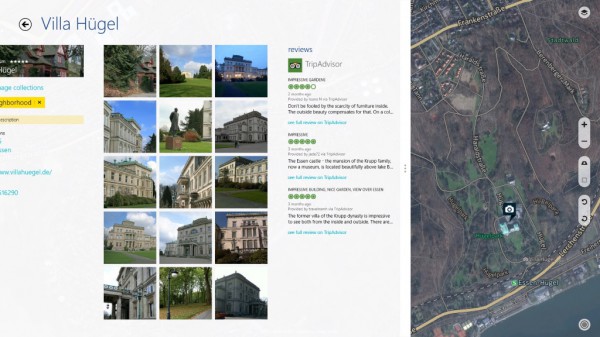
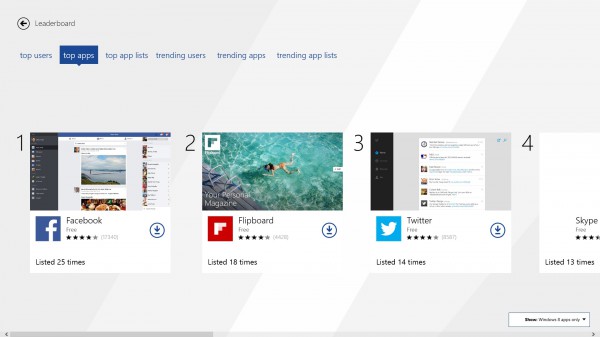



 Spotify is all about streaming music, creating playlists and sharing them with others. Who doesn't relish the idea of creating the ultimate mixtape and sharing with not just their best friend, but the whole world? Music fans love it, and so do the musicians who earn royalties from making their work available.
Spotify is all about streaming music, creating playlists and sharing them with others. Who doesn't relish the idea of creating the ultimate mixtape and sharing with not just their best friend, but the whole world? Music fans love it, and so do the musicians who earn royalties from making their work available.


 Christopher Budd
Christopher Budd
 Linux is on a roll lately, as Android and Chromebooks continue to gain marketshare. While this should be a win for the open-source community, many purists do not consider Android or Chrome OS to truly be Linux. Of course this is not true, as both operating systems utilize the Linux kernel. However, I understand where Google detractors are coming from; a distribution like Ubuntu is more the traditional approach to using the kernel.
Linux is on a roll lately, as Android and Chromebooks continue to gain marketshare. While this should be a win for the open-source community, many purists do not consider Android or Chrome OS to truly be Linux. Of course this is not true, as both operating systems utilize the Linux kernel. However, I understand where Google detractors are coming from; a distribution like Ubuntu is more the traditional approach to using the kernel.
 It sounds like something from a James Bond film -- or something from a creepy news story about a landlord stalking one of his tenants -- but the headline relates to a real story. We're all only too aware of the activities of the NSA and other governmental agencies monitoring the telephone and internet activities of people around the world, but the latest revelations see things taking a turn for the seriously sinister.
It sounds like something from a James Bond film -- or something from a creepy news story about a landlord stalking one of his tenants -- but the headline relates to a real story. We're all only too aware of the activities of the NSA and other governmental agencies monitoring the telephone and internet activities of people around the world, but the latest revelations see things taking a turn for the seriously sinister. As smartphones and tablets evolve, they get faster and gain more features. However, there is one place where they are still lagging -- battery life. Many devices still require daily charging. Not only is this annoying, it is dangerous too. After all, you cannot call 911 from a dead phone.
As smartphones and tablets evolve, they get faster and gain more features. However, there is one place where they are still lagging -- battery life. Many devices still require daily charging. Not only is this annoying, it is dangerous too. After all, you cannot call 911 from a dead phone. On April 8, 2014, Microsoft will officially end support for Windows XP. After that date, users of the aging OS will no longer receive new security updates, hotfixes, support options, or online technical content updates.
On April 8, 2014, Microsoft will officially end support for Windows XP. After that date, users of the aging OS will no longer receive new security updates, hotfixes, support options, or online technical content updates. Chickens and eggs are pains in the butt. No, not the actual bird and its ovum, but the causality dilemma. The old argument asks if a chicken or egg came first. Of course, both answers are a dilemma as you need a chicken to lay an egg and you need an egg to get a chicken.
Chickens and eggs are pains in the butt. No, not the actual bird and its ovum, but the causality dilemma. The old argument asks if a chicken or egg came first. Of course, both answers are a dilemma as you need a chicken to lay an egg and you need an egg to get a chicken.
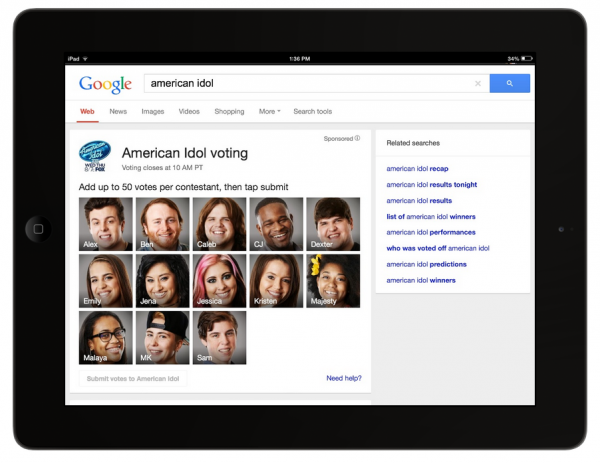




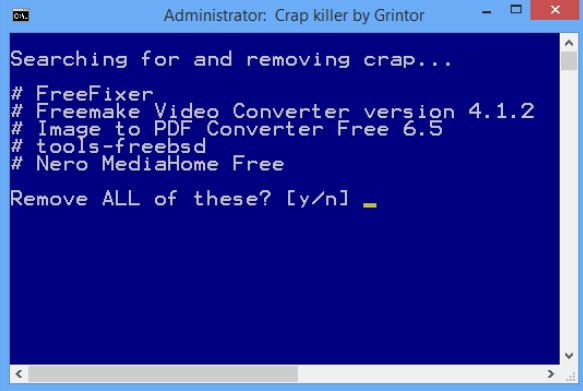 As you’ll probably guess from its name,
As you’ll probably guess from its name, 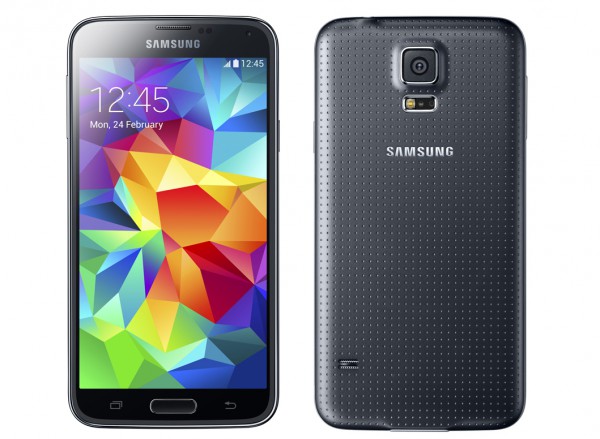

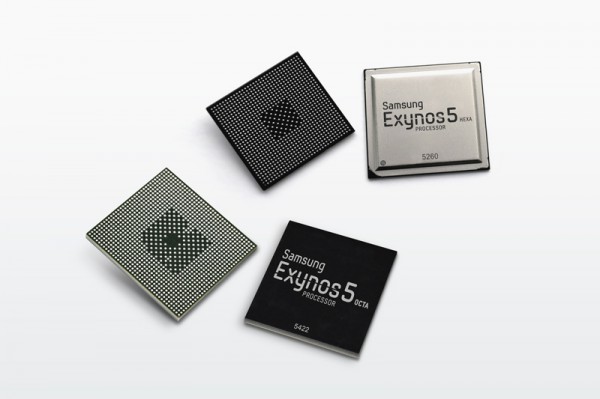
 Microsoft has released a service pack update for the latest version of Office. Service Pack 1 (SP1) promises greater stability, expanded functionality, and security enhancements for Office 2013, SharePoint 2013 and Exchange Server 2013, as well as improved compatibility with Windows 8.1 and Windows Server 2012 R2.
Microsoft has released a service pack update for the latest version of Office. Service Pack 1 (SP1) promises greater stability, expanded functionality, and security enhancements for Office 2013, SharePoint 2013 and Exchange Server 2013, as well as improved compatibility with Windows 8.1 and Windows Server 2012 R2.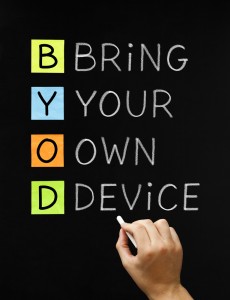 BYOD is in full swing, but most businesses are not prepared for it. In order to maintain a high level of security, companies that embrace the movement, or want to, have to change, or adapt, their existing policies to accommodate the wave of devices their employees are bringing in, which is not what 55 percent of them are doing, according to a
BYOD is in full swing, but most businesses are not prepared for it. In order to maintain a high level of security, companies that embrace the movement, or want to, have to change, or adapt, their existing policies to accommodate the wave of devices their employees are bringing in, which is not what 55 percent of them are doing, according to a 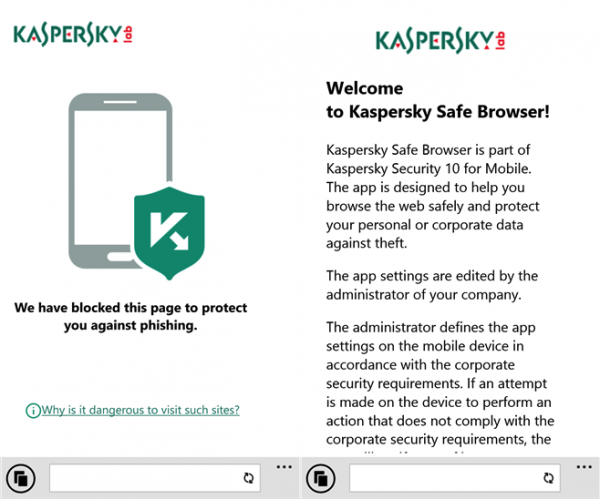


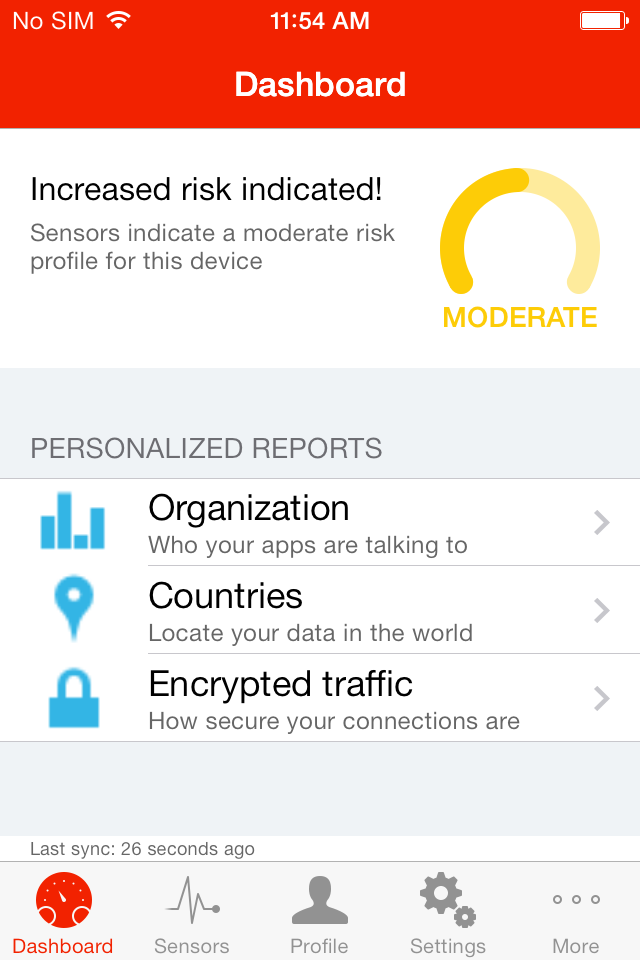
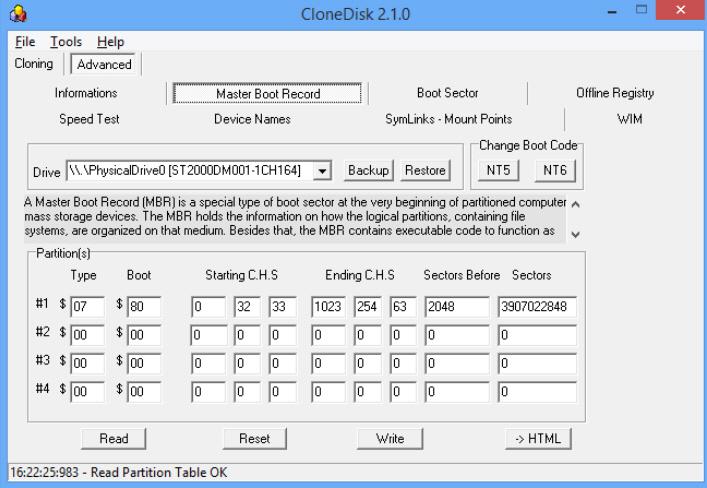
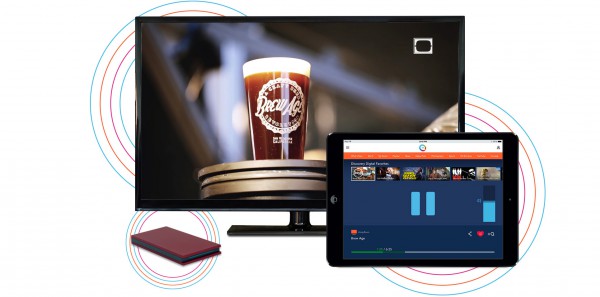
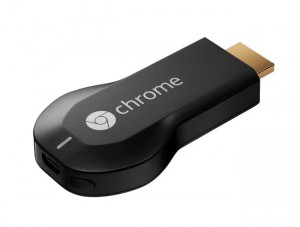

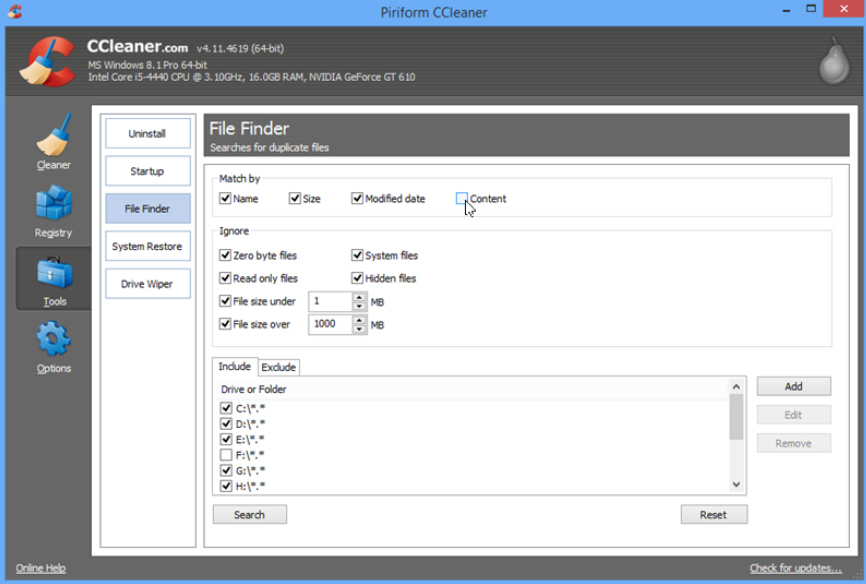
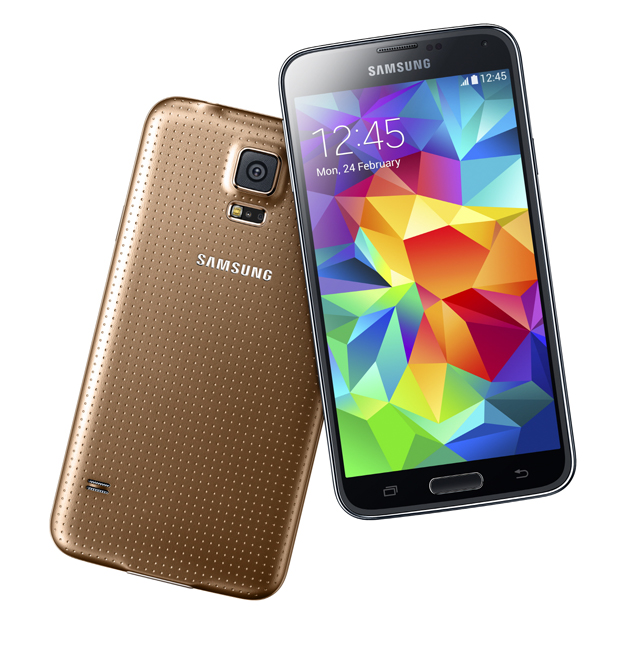
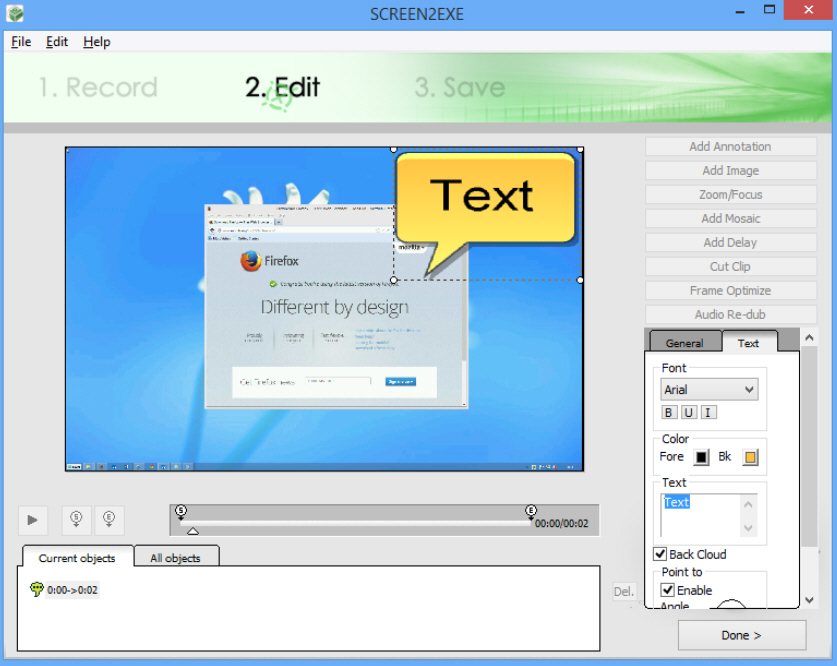
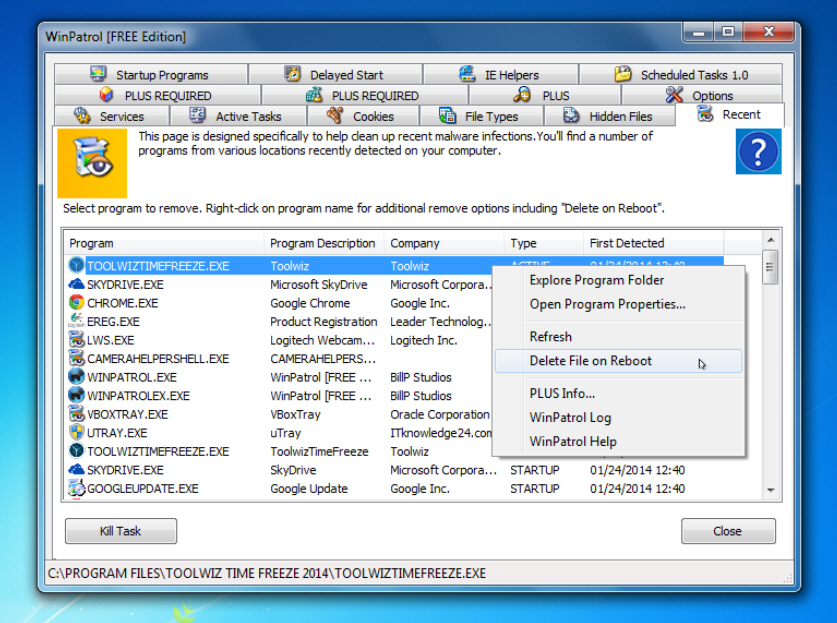

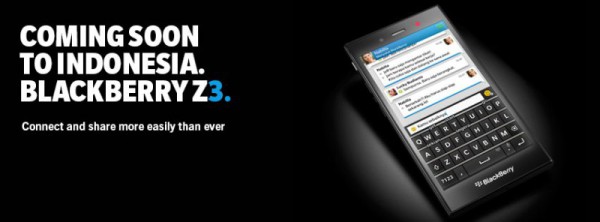


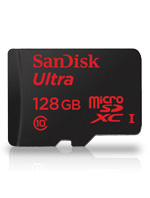

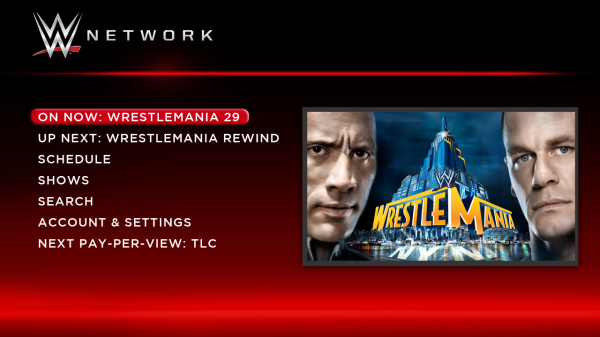
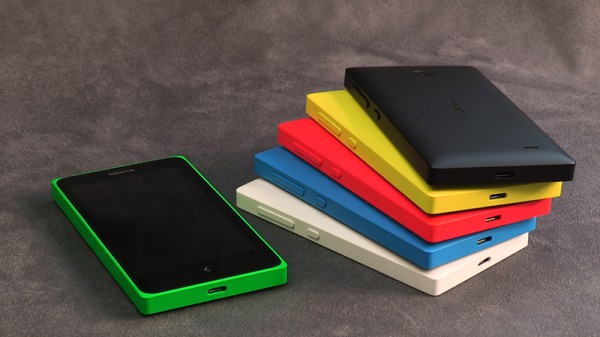
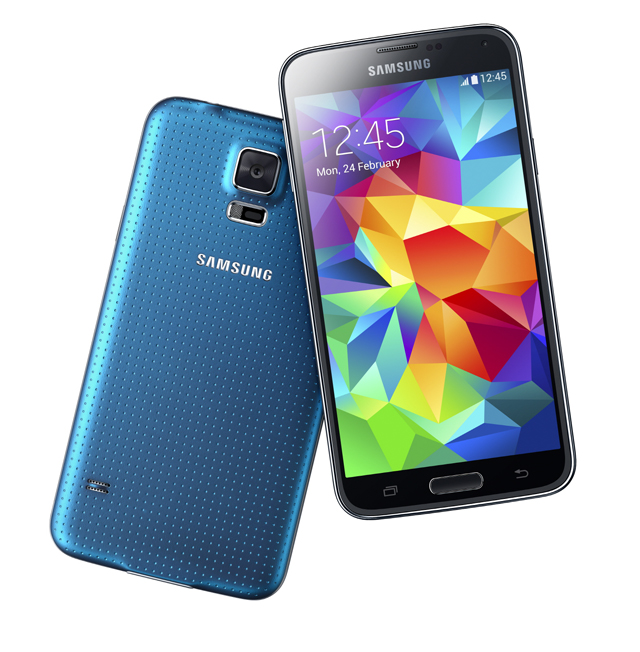

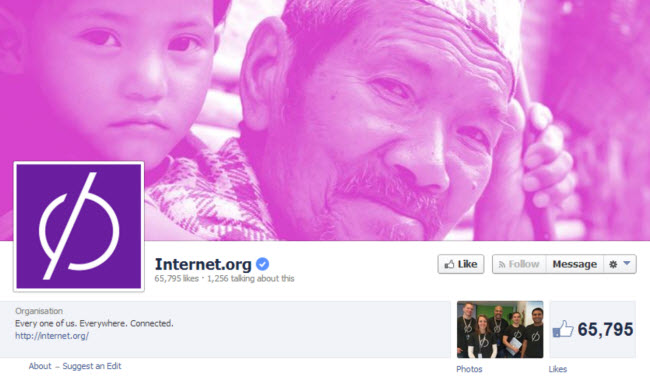

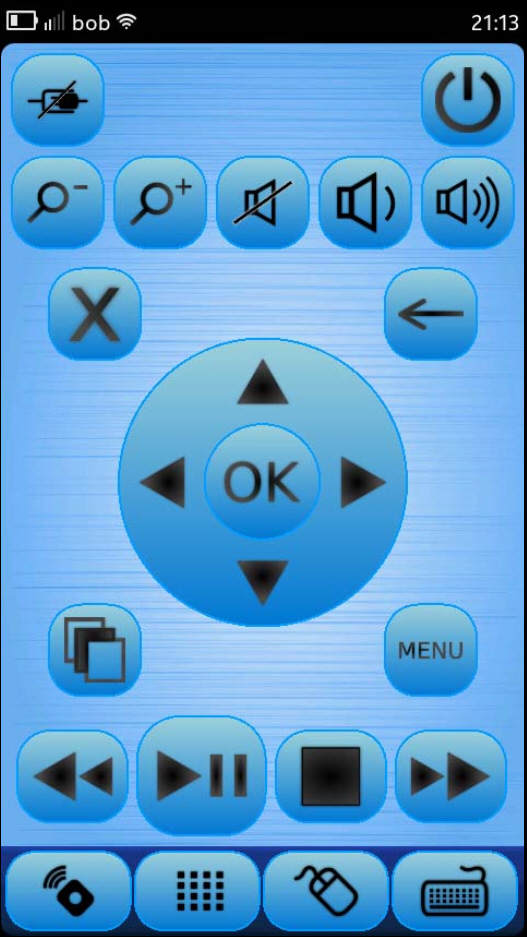 PCs can make great home entertainment systems, at least in theory. But in practice, having to control everything from a mouse (or keyboard) is a major disadvantage.
PCs can make great home entertainment systems, at least in theory. But in practice, having to control everything from a mouse (or keyboard) is a major disadvantage. 2014 is still young, but the tech news has been hot, and much of it surrounds the two new gaming systems on the market. Some of that news has been hype for the upcoming Titanfall, a title that is generating a lot buzz from the gaming community. Microsoft fueled that fire last week with a beta release, now it is stoking the blaze with more news.
2014 is still young, but the tech news has been hot, and much of it surrounds the two new gaming systems on the market. Some of that news has been hype for the upcoming Titanfall, a title that is generating a lot buzz from the gaming community. Microsoft fueled that fire last week with a beta release, now it is stoking the blaze with more news.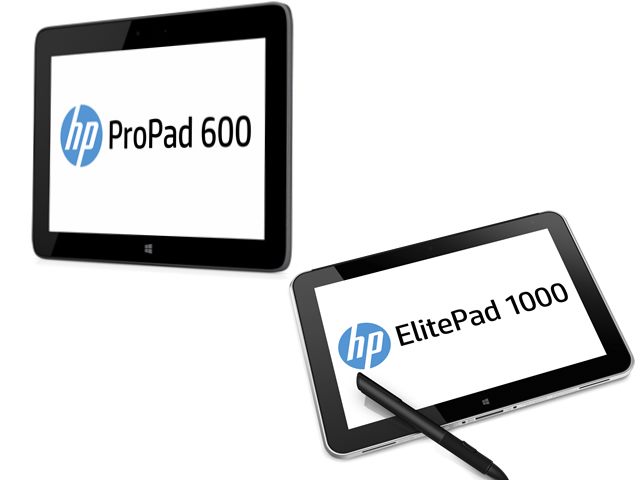
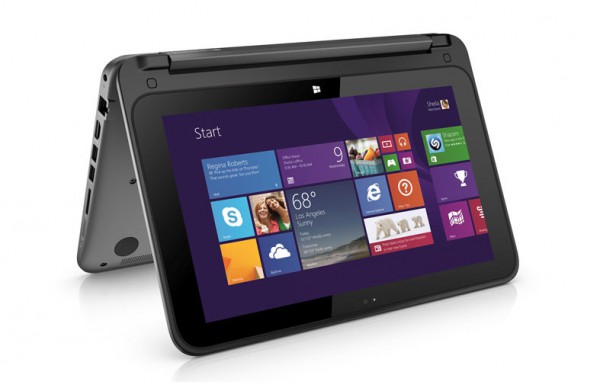
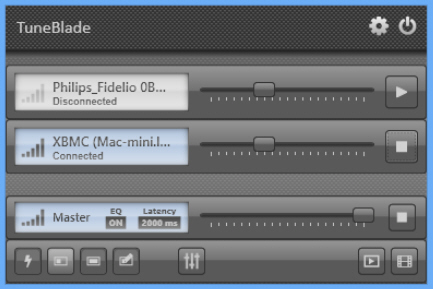 AirPlay is, as we all know, Apple’s solution for listening to music wirelessly wherever you are. Leave your Mac in the study and stream music to a wireless speaker in your living room, or beam a TV show from your iPad to the big-screen TV through Apple TV or a HTPC running XBMC. It’s a key part of the media-friendly home.
AirPlay is, as we all know, Apple’s solution for listening to music wirelessly wherever you are. Leave your Mac in the study and stream music to a wireless speaker in your living room, or beam a TV show from your iPad to the big-screen TV through Apple TV or a HTPC running XBMC. It’s a key part of the media-friendly home.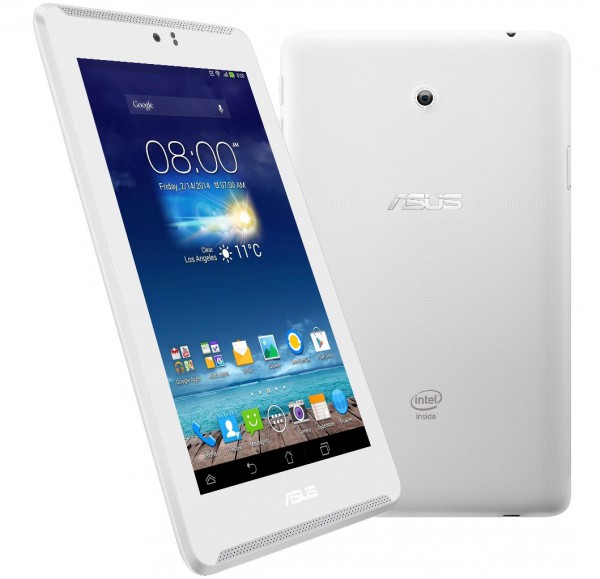
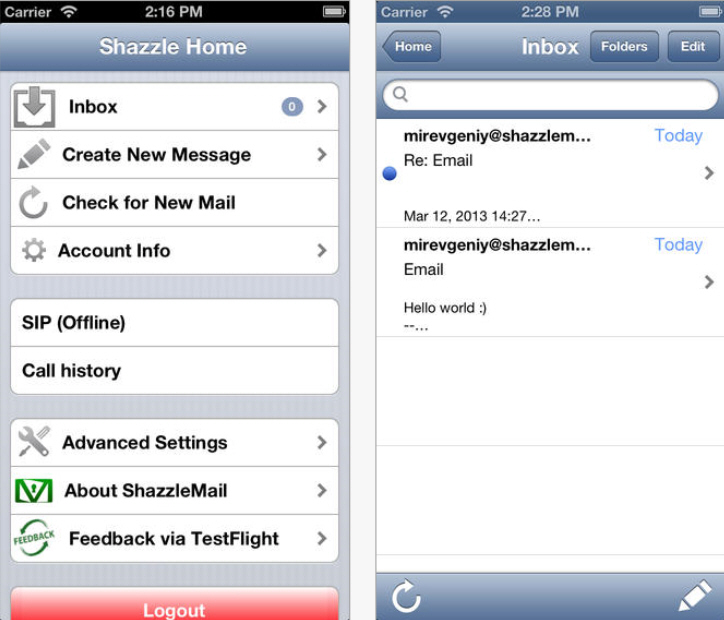


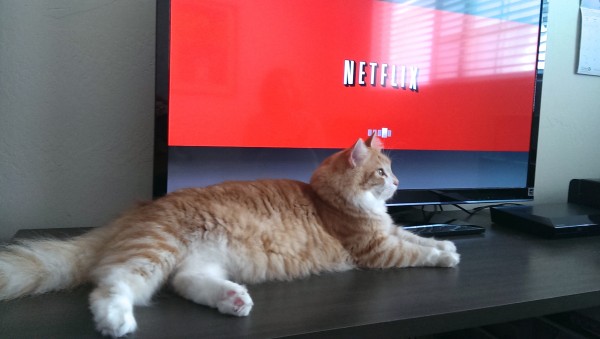


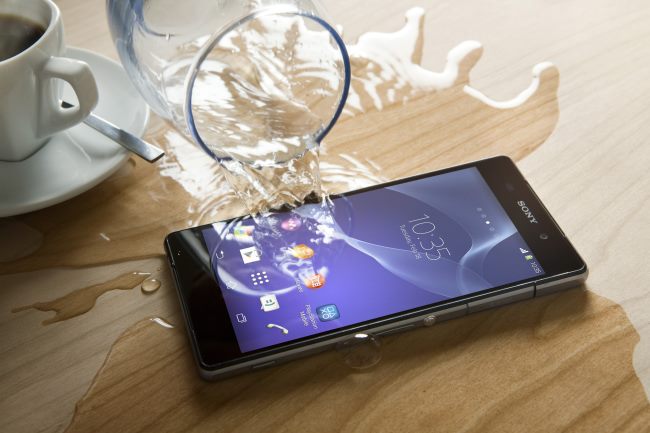
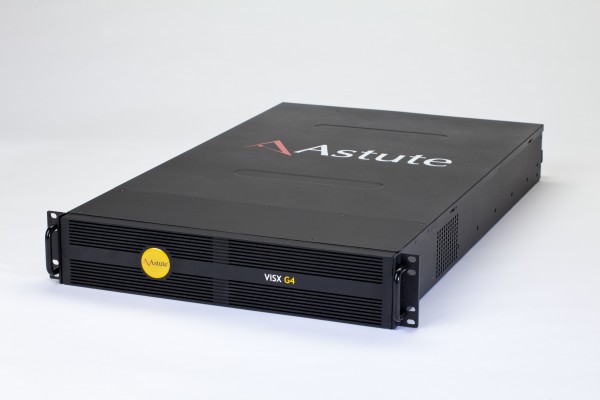
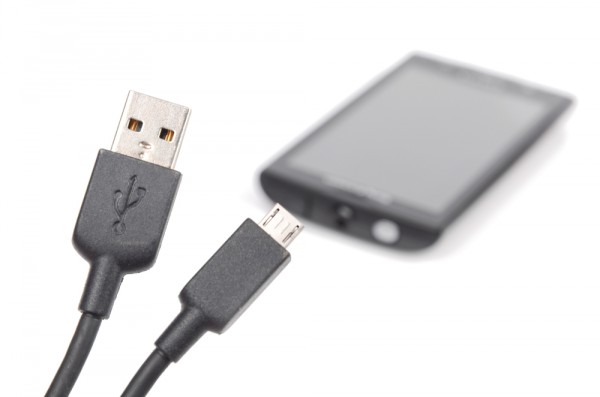
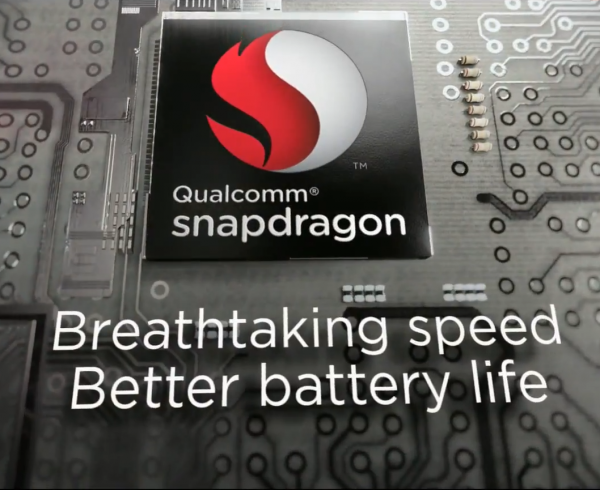
 While Android is utilized by a cornucopia of handset manufacturers, Windows Phone is primarily a Nokia-only affair. Sure, there are other manufacturers that use Microsoft's mobile OS, such as HTC and Samsung, but let's be honest -- if you buy a Windows Phone, you want a Nokia. For a company like Apple, being the sole manufacturer of iOS is by design. However, Microsoft's business has always been about working with as many hardware partners as possible.
While Android is utilized by a cornucopia of handset manufacturers, Windows Phone is primarily a Nokia-only affair. Sure, there are other manufacturers that use Microsoft's mobile OS, such as HTC and Samsung, but let's be honest -- if you buy a Windows Phone, you want a Nokia. For a company like Apple, being the sole manufacturer of iOS is by design. However, Microsoft's business has always been about working with as many hardware partners as possible.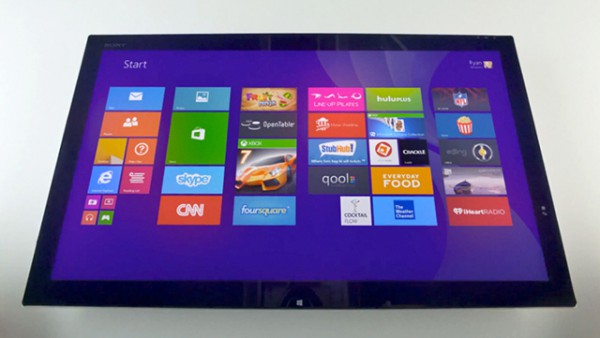
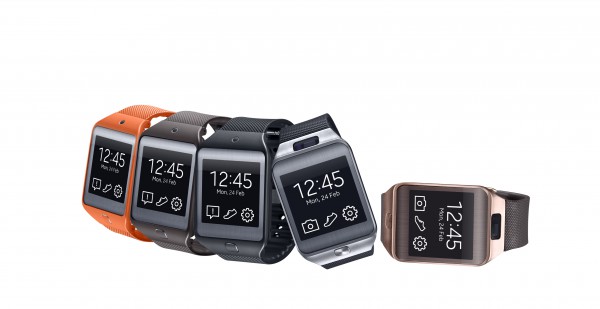

 Another week, another spate of security related news. In the latest of a recent run of high-profile hacks, Kickstarter announced that
Another week, another spate of security related news. In the latest of a recent run of high-profile hacks, Kickstarter announced that  Health and technology is not a new relationship. For years, exercise equipment such as an elliptical or stationary bike has been fitted with computers to track progress and heart-rate. Hell, many medical discoveries were made in space thanks to NASA. However, having dongles communicate with a smartphone is still a relatively new market. The existence of this market underscores people's increasing interest in positive health and well-being.
Health and technology is not a new relationship. For years, exercise equipment such as an elliptical or stationary bike has been fitted with computers to track progress and heart-rate. Hell, many medical discoveries were made in space thanks to NASA. However, having dongles communicate with a smartphone is still a relatively new market. The existence of this market underscores people's increasing interest in positive health and well-being. While the gold-standard of office suites remains Microsoft's Office, many competitors are trying to catch up. While Libreoffice is a nice alternative, it has failed to truly take off beyond Linux users and people who don't want to spend money or cant afford to buy Microsoft's solution.
While the gold-standard of office suites remains Microsoft's Office, many competitors are trying to catch up. While Libreoffice is a nice alternative, it has failed to truly take off beyond Linux users and people who don't want to spend money or cant afford to buy Microsoft's solution. Google has updated its cross-platform browser with the release of
Google has updated its cross-platform browser with the release of 
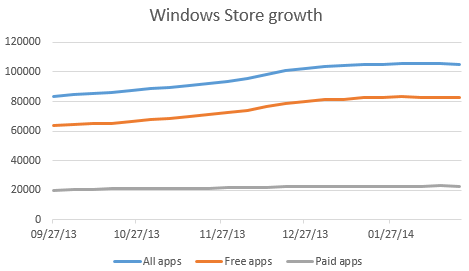


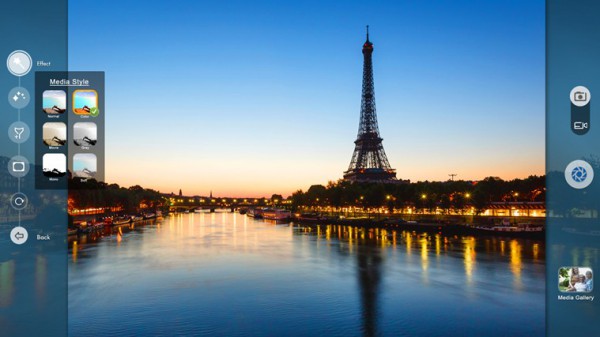



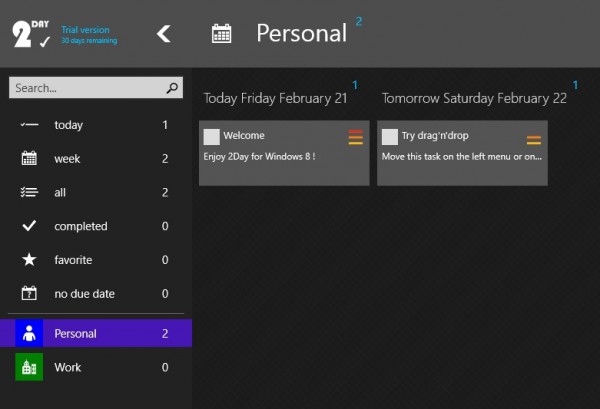

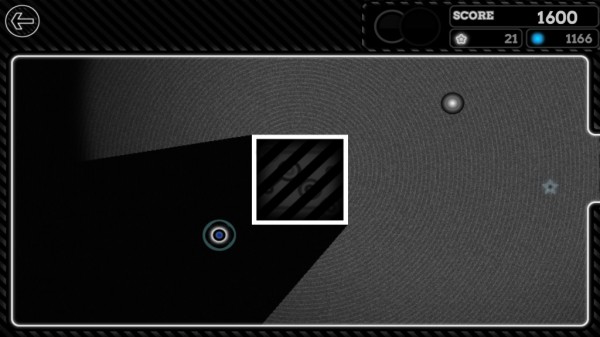
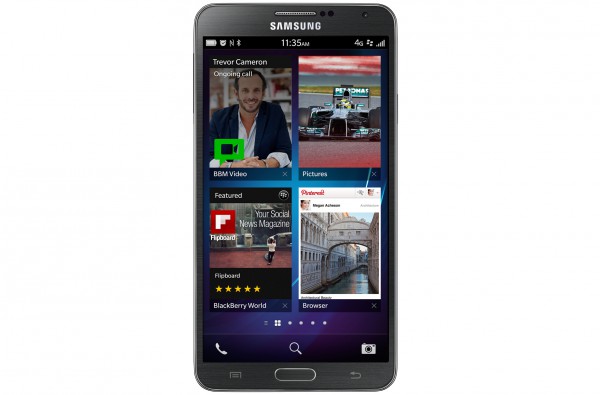

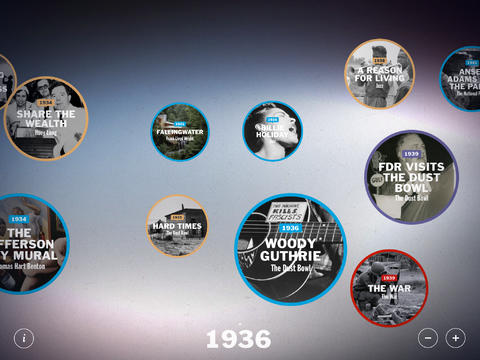

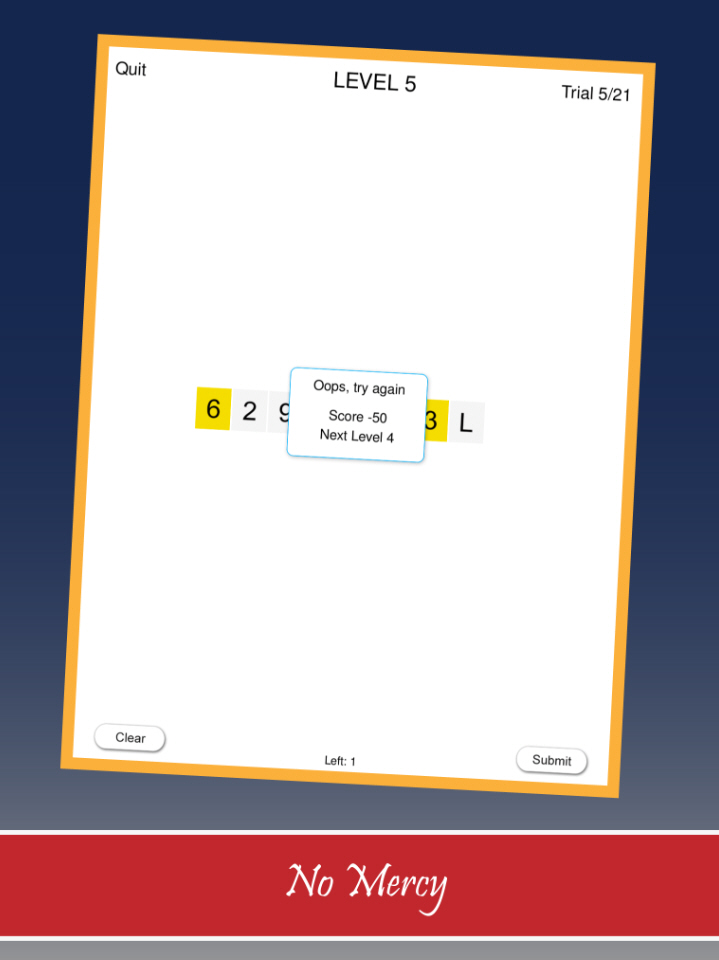


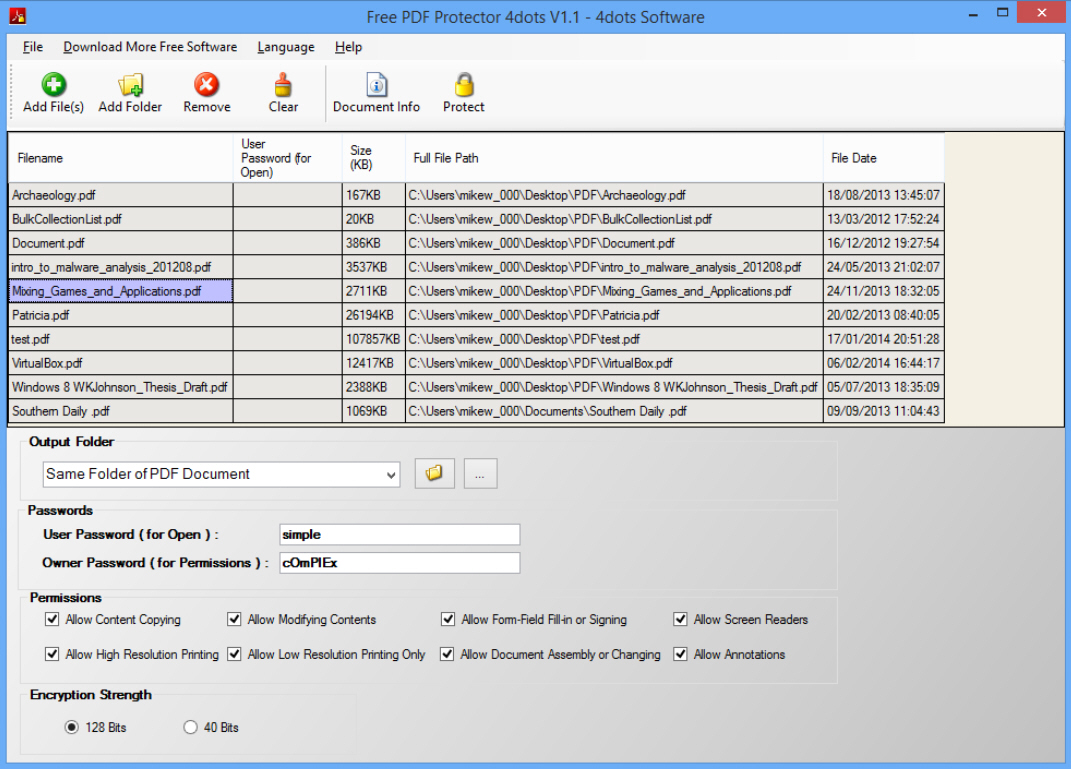
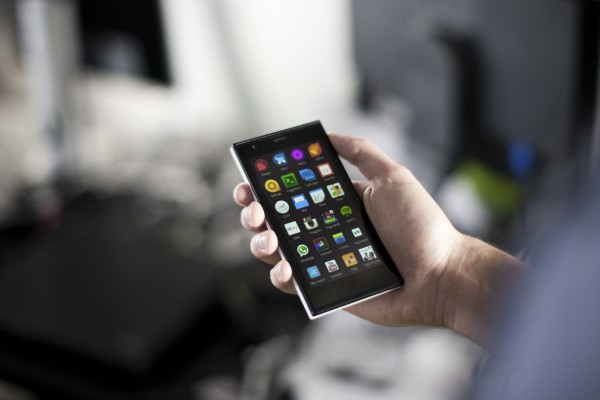
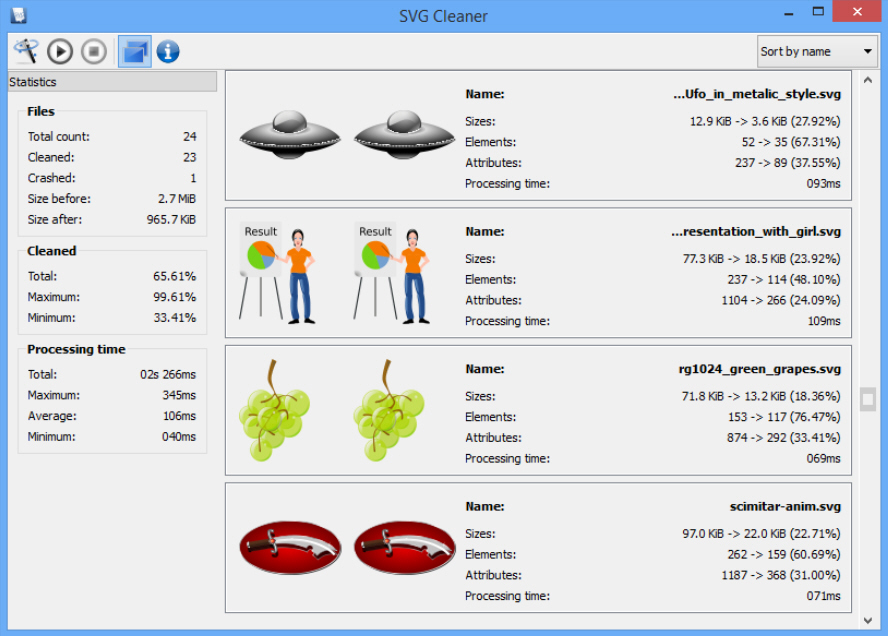
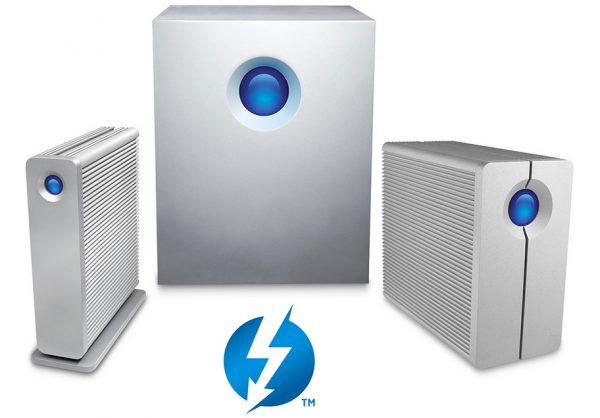


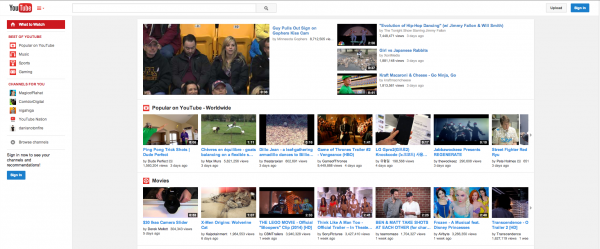
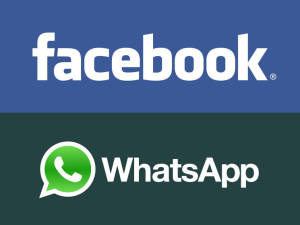 If the announcement of Facebook paying $19 billion in cash and stock for
If the announcement of Facebook paying $19 billion in cash and stock for 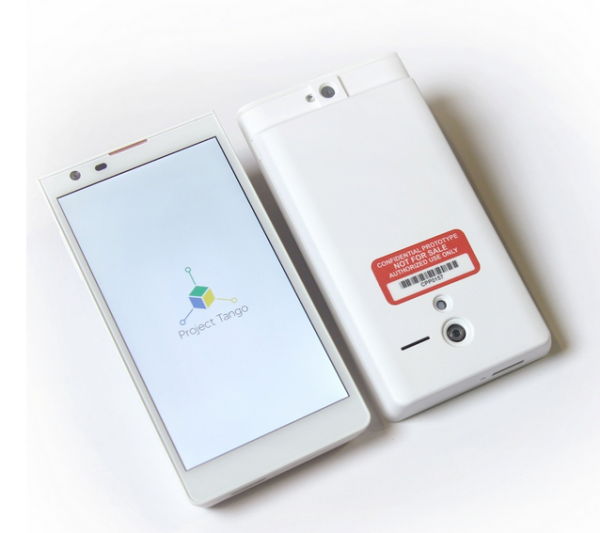

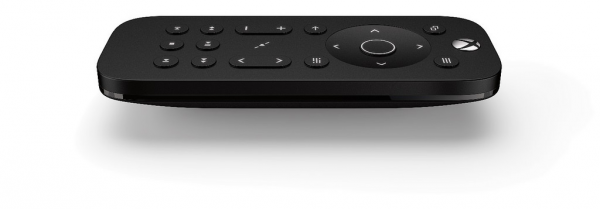
 Every day, I speak with hundreds of people on social media, IRC and instant messenger. However, I rarely get to see the person face to face. The closest I get is their profile pic. Heck, even those can be faked; a hairy old man can pretend to be a 21 year old female college student -- trust me on this.
Every day, I speak with hundreds of people on social media, IRC and instant messenger. However, I rarely get to see the person face to face. The closest I get is their profile pic. Heck, even those can be faked; a hairy old man can pretend to be a 21 year old female college student -- trust me on this.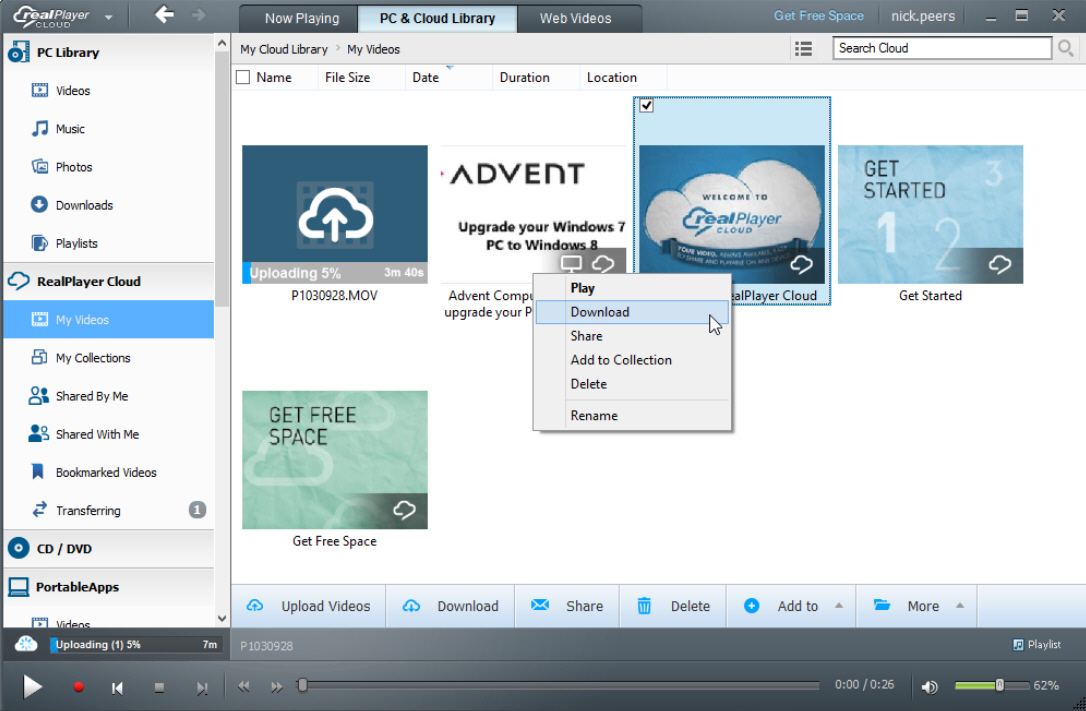

 In 2006, I co-founded Four Kitchens, a web design and development consultancy that specializes in working with open-source software. As an open-source business, we are frequently asked about the benefits of open source. The way I explain it to most people is like this: The open-source business model is service-driven, and the closed-source model is product-driven.
In 2006, I co-founded Four Kitchens, a web design and development consultancy that specializes in working with open-source software. As an open-source business, we are frequently asked about the benefits of open source. The way I explain it to most people is like this: The open-source business model is service-driven, and the closed-source model is product-driven. Todd Ross Nienkerk is a Digital Strategist and Partner at Austin, Texas-based
Todd Ross Nienkerk is a Digital Strategist and Partner at Austin, Texas-based 
 BitTorrent has announced the availability of
BitTorrent has announced the availability of 
 I purchased four Nest Protect wired smoke detectors direct from Nest at the end of January. I live in the UK, they were shipped from Holland, and so took five days to arrive. No big deal. I got an electrician friend round to fit them, and he made an interesting discovery -- the power cables connected to my existing smoke detectors were dead (the devices still worked as they were running off batteries, and past false alarms showed they were linked together, so there was no safety risk). The only way to connect my new Nest devices was to do a massive rewiring job. I decided to speak to Nest and swap my wired models for wireless battery ones.
I purchased four Nest Protect wired smoke detectors direct from Nest at the end of January. I live in the UK, they were shipped from Holland, and so took five days to arrive. No big deal. I got an electrician friend round to fit them, and he made an interesting discovery -- the power cables connected to my existing smoke detectors were dead (the devices still worked as they were running off batteries, and past false alarms showed they were linked together, so there was no safety risk). The only way to connect my new Nest devices was to do a massive rewiring job. I decided to speak to Nest and swap my wired models for wireless battery ones.
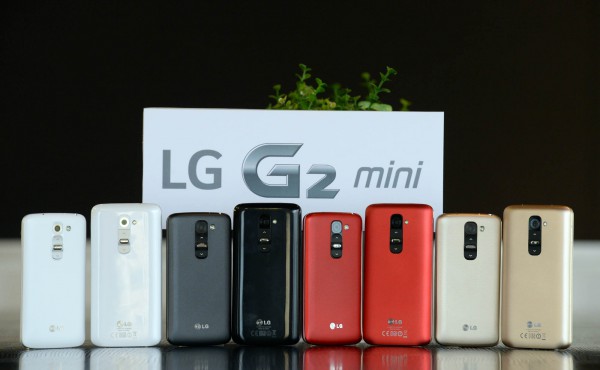
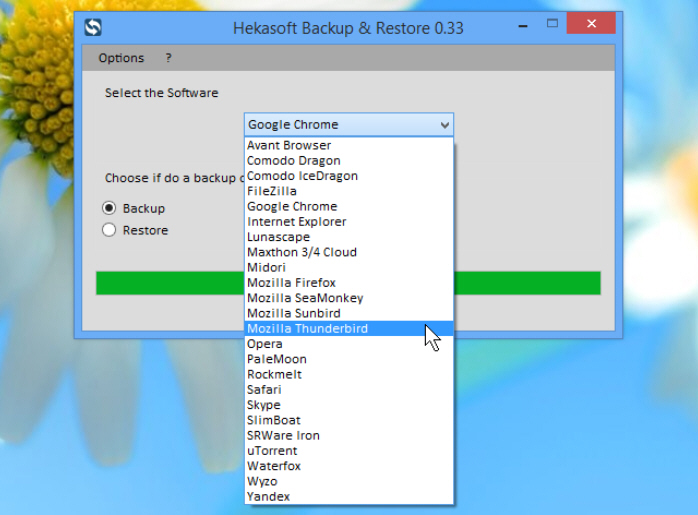

 Publishing its
Publishing its 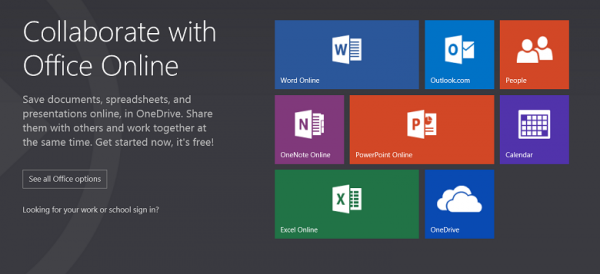
 My e-mail inbox this morning contains 118,306 messages totaling about seven gigabytes. I really should so something about that but who has the time? So I keep a lot of crap around longer than I should. I have, for example, every message I have sent or received since 1992 when I registered cringely.com. Those obviously occupy a lot more than seven gigabytes, though interestingly enough the total is less than 20 GB. My storage strategy has been a mixed bag of disks and cloud services and probably stuff I’ve forgotten along the way. So I’ve decided to clean it up by standardizing on Microsoft’s OneDrive (formerly SkyDrive) cloud storage service,
My e-mail inbox this morning contains 118,306 messages totaling about seven gigabytes. I really should so something about that but who has the time? So I keep a lot of crap around longer than I should. I have, for example, every message I have sent or received since 1992 when I registered cringely.com. Those obviously occupy a lot more than seven gigabytes, though interestingly enough the total is less than 20 GB. My storage strategy has been a mixed bag of disks and cloud services and probably stuff I’ve forgotten along the way. So I’ve decided to clean it up by standardizing on Microsoft’s OneDrive (formerly SkyDrive) cloud storage service, 

 If you wanna be my lover, you've got to...err, enough of that. If there is one thing that technology enthusiasts love, it's the Spice Girls. Yes, their girl-power pop is the soundtrack for computer programmers, gamers and IT professionals the world over. In the BetaNews newsroom, we often have arguments over which Spice Girl is best. While I am partial to Baby Spice, Mark loves Scary.
If you wanna be my lover, you've got to...err, enough of that. If there is one thing that technology enthusiasts love, it's the Spice Girls. Yes, their girl-power pop is the soundtrack for computer programmers, gamers and IT professionals the world over. In the BetaNews newsroom, we often have arguments over which Spice Girl is best. While I am partial to Baby Spice, Mark loves Scary.

 Amazon Coins have mostly flown beneath the radar -- you don't really hear much about them, but you probably know of their existence. That's because, in the past, they were available only for Kindle Fire tablets. Despite the popularity of those devices, the Coins haven't made big news.
Amazon Coins have mostly flown beneath the radar -- you don't really hear much about them, but you probably know of their existence. That's because, in the past, they were available only for Kindle Fire tablets. Despite the popularity of those devices, the Coins haven't made big news.
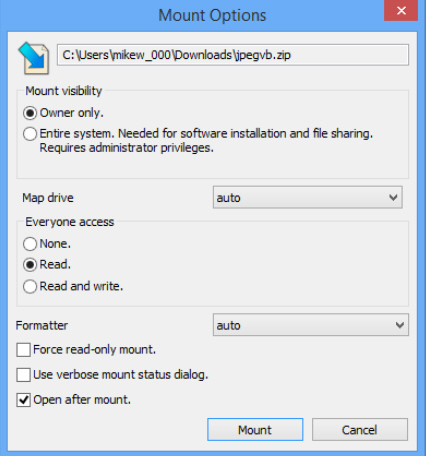 One small but welcome addition to Windows 8 is its support for ISO files. Right-click your image, select Mount, and it’s immediately available as a virtual drive, which you can browse, read or write like any other.
One small but welcome addition to Windows 8 is its support for ISO files. Right-click your image, select Mount, and it’s immediately available as a virtual drive, which you can browse, read or write like any other.
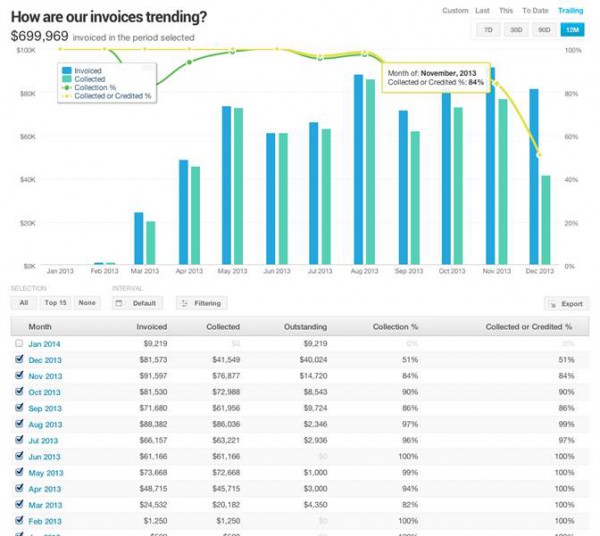

 No one could argue very convincingly that mobile isn’t one of the most disruptive, transformational factors in business -- and in life -- today. Consumers are armed 24/7 with ever more powerful smartphones and tablets. But most aren’t dying to download the app you paid handsomely to develop.
No one could argue very convincingly that mobile isn’t one of the most disruptive, transformational factors in business -- and in life -- today. Consumers are armed 24/7 with ever more powerful smartphones and tablets. But most aren’t dying to download the app you paid handsomely to develop.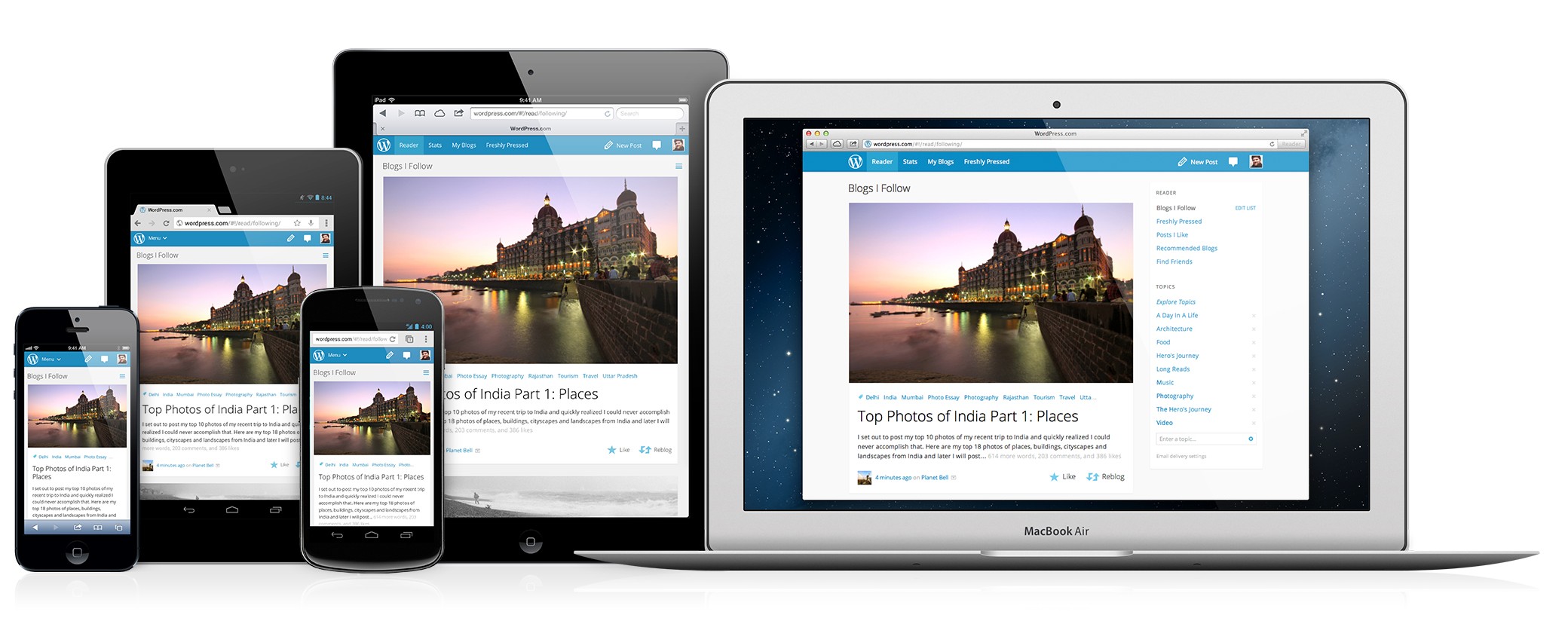
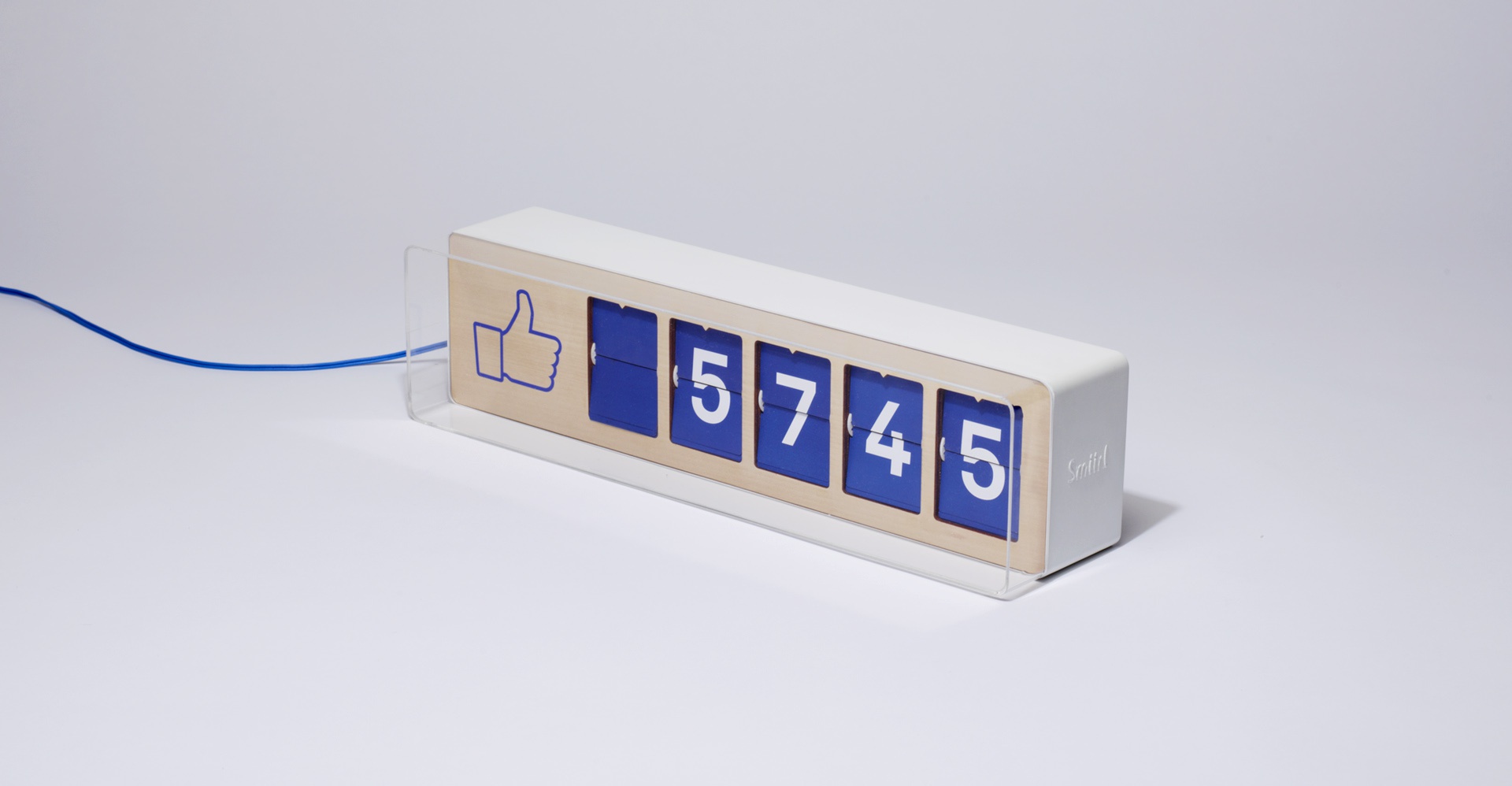
 Stefan Debois is Co-founder & CEO of Survey Anyplace.
Stefan Debois is Co-founder & CEO of Survey Anyplace. 
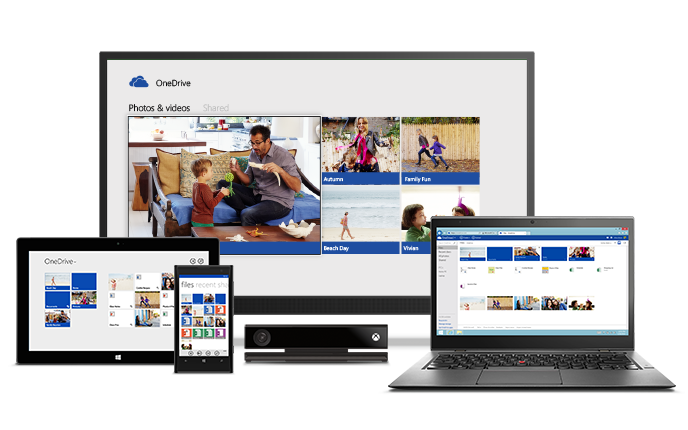


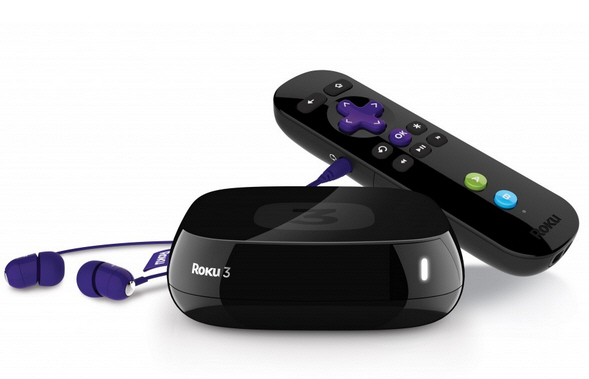
 When people think of Dell, they usually associate the company with cheap Windows computers and the "
When people think of Dell, they usually associate the company with cheap Windows computers and the "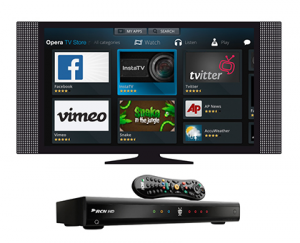 Smart TVs have become all the rage, bringing the world of apps into the living room. But other devices, like Blu-ray players and set-top boxes, can do the same thing. Now TiVo, a pioneer in the DVR field, is partnering with Opera to bring its app store to customers.
Smart TVs have become all the rage, bringing the world of apps into the living room. But other devices, like Blu-ray players and set-top boxes, can do the same thing. Now TiVo, a pioneer in the DVR field, is partnering with Opera to bring its app store to customers.
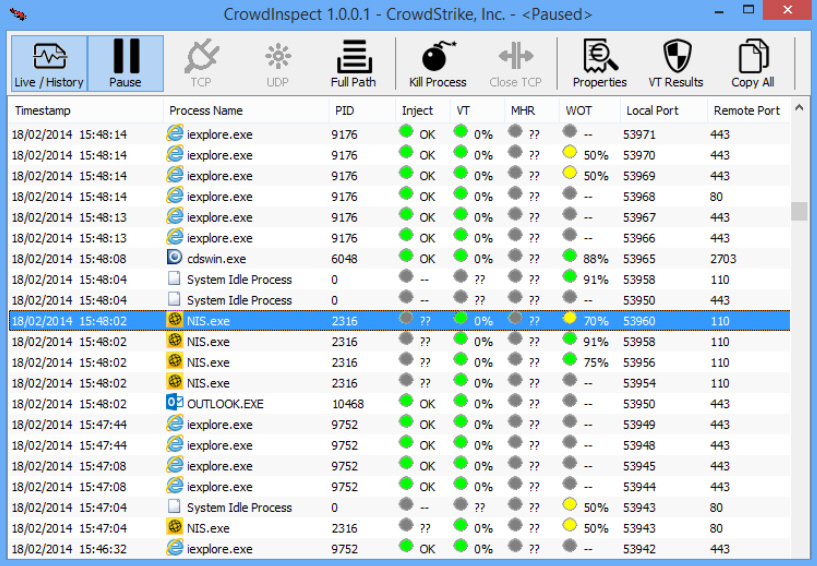


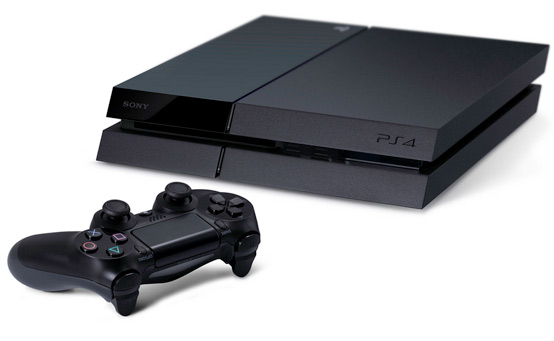
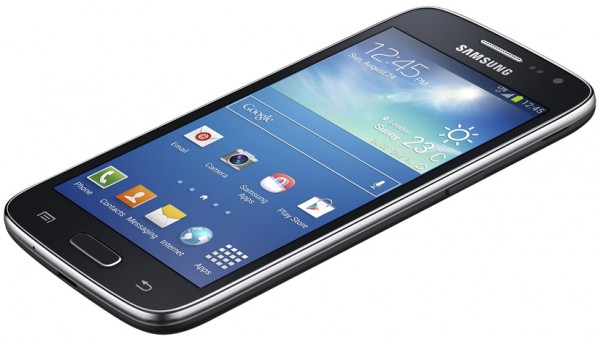


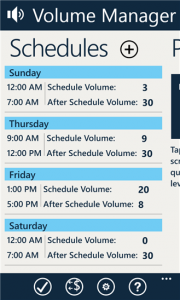 It offers a simple to use interface that allows you to set multiple quiet hours schedules, and the volume level during and after the fact. It also works for appointments, by hooking into your accounts.
It offers a simple to use interface that allows you to set multiple quiet hours schedules, and the volume level during and after the fact. It also works for appointments, by hooking into your accounts.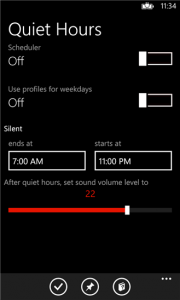 If, for some reason, Volume Manager does not fit the bill there is another app, that is called Quiet Hours, which offers similar functionality.
If, for some reason, Volume Manager does not fit the bill there is another app, that is called Quiet Hours, which offers similar functionality.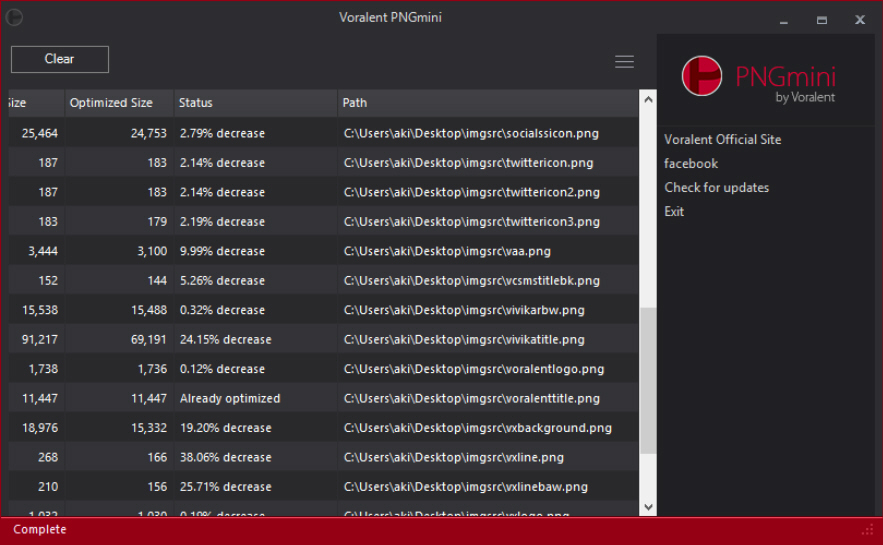

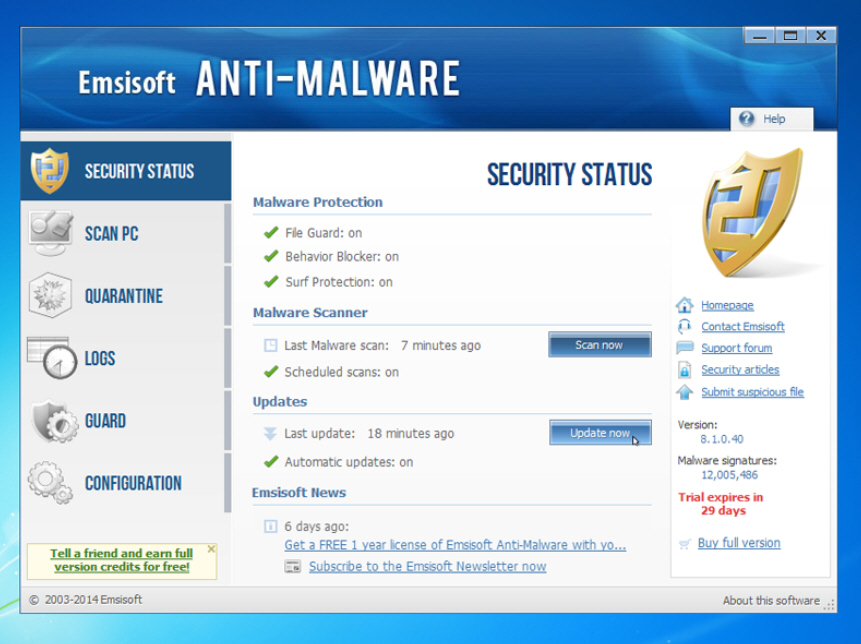
 Video Comparer
Video Comparer
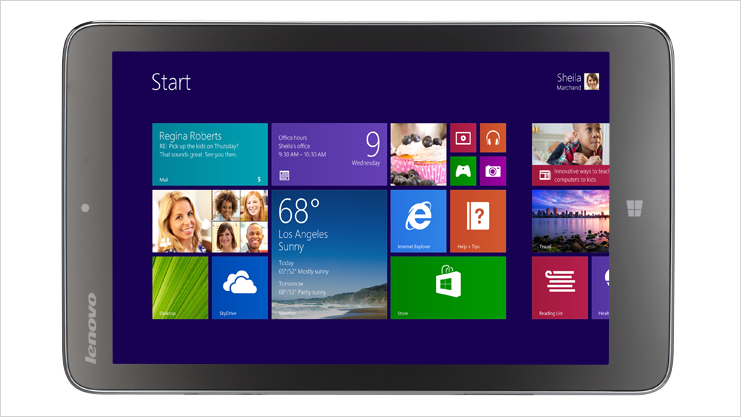
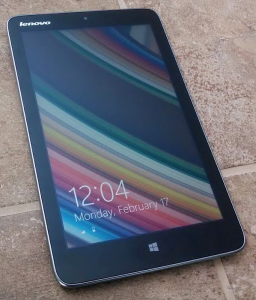 Yes, you are reading those specs right. Rather than use a chintzy ARM processor, this tablet utilizes an Intel Atom chip and the full Windows 8.1 operating system -- not RT. While this will allow you to run legacy Windows programs if you need them, you should still avoid doing so. Sure, choice is good and having the legacy option is a plus, but the small screen still works best with Modern UI apps.
Yes, you are reading those specs right. Rather than use a chintzy ARM processor, this tablet utilizes an Intel Atom chip and the full Windows 8.1 operating system -- not RT. While this will allow you to run legacy Windows programs if you need them, you should still avoid doing so. Sure, choice is good and having the legacy option is a plus, but the small screen still works best with Modern UI apps. I took this tablet on a recent business trip, instead of my 10-inch iPad, and really enjoyed the smaller footprint and ability to charge by microUSB. Since my Android phone uses that charging standard too, I had one less wire to pack. I also own a Nexus 7 which is a great tablet too. With that said, boy-oh-boy, a 7 inch screen is just not ideal for anything other than maybe playing video games. An 8-inch display adds just enough extra screen real estate to be more usable.
I took this tablet on a recent business trip, instead of my 10-inch iPad, and really enjoyed the smaller footprint and ability to charge by microUSB. Since my Android phone uses that charging standard too, I had one less wire to pack. I also own a Nexus 7 which is a great tablet too. With that said, boy-oh-boy, a 7 inch screen is just not ideal for anything other than maybe playing video games. An 8-inch display adds just enough extra screen real estate to be more usable.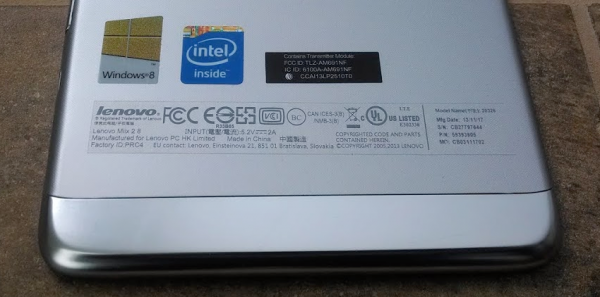
 Video Comparer
Video Comparer With security breaches on the rise, such as the recent
With security breaches on the rise, such as the recent  Erik Knight is the founder of
Erik Knight is the founder of 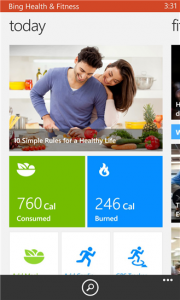 Microsoft is expanding its collection of Bing apps on Windows Phone with the addition of Bing Health & Fitness. The offering, that debuted on Windows 8.1 last year, is meant for "Microsoft testing purposes only", but is available to download for other users as well, provided they want to eat healthy and stay in shape.
Microsoft is expanding its collection of Bing apps on Windows Phone with the addition of Bing Health & Fitness. The offering, that debuted on Windows 8.1 last year, is meant for "Microsoft testing purposes only", but is available to download for other users as well, provided they want to eat healthy and stay in shape.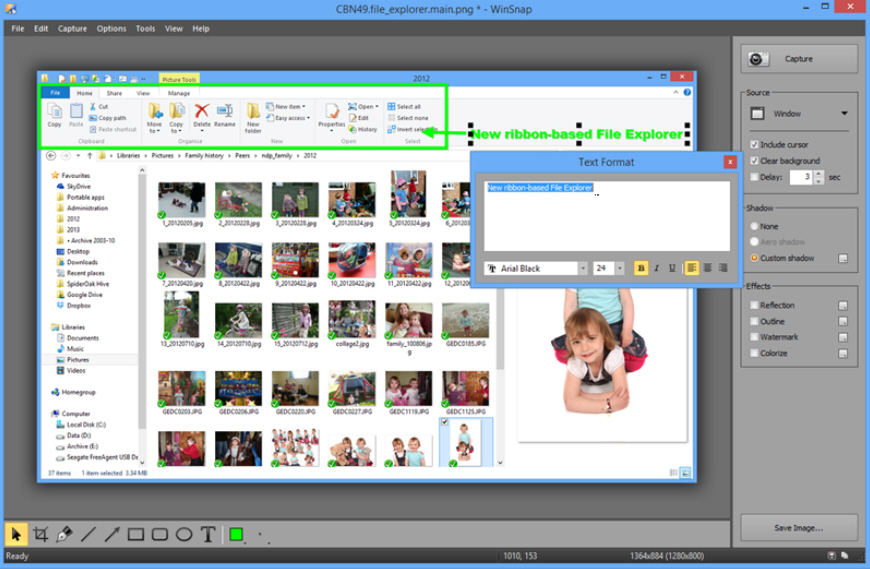
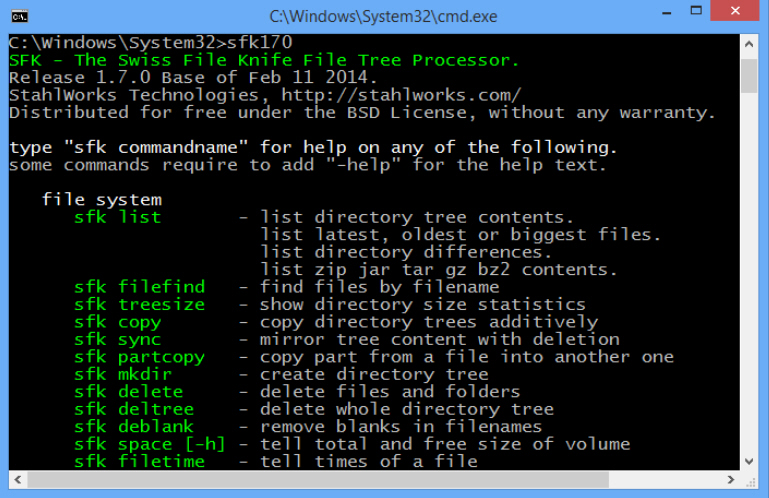






 WindowsX has updated both of its skinning tools,
WindowsX has updated both of its skinning tools,  It is usually Bill Gates who is heralded for his philanthropy, but according to the Chronicle of Philanthropy, it is
It is usually Bill Gates who is heralded for his philanthropy, but according to the Chronicle of Philanthropy, it is 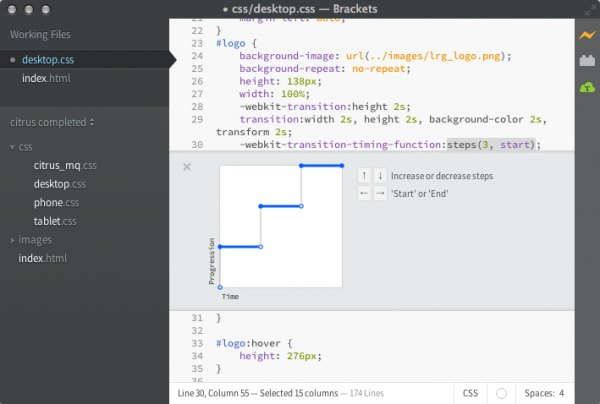

 Leave a PC unattended for a while and the standard lock screen keeps it reasonably safe. Press Win+L, the lock screen appears, and only someone who knows your password will be able to restore the desktop.
Leave a PC unattended for a while and the standard lock screen keeps it reasonably safe. Press Win+L, the lock screen appears, and only someone who knows your password will be able to restore the desktop. Laplink Software has released
Laplink Software has released 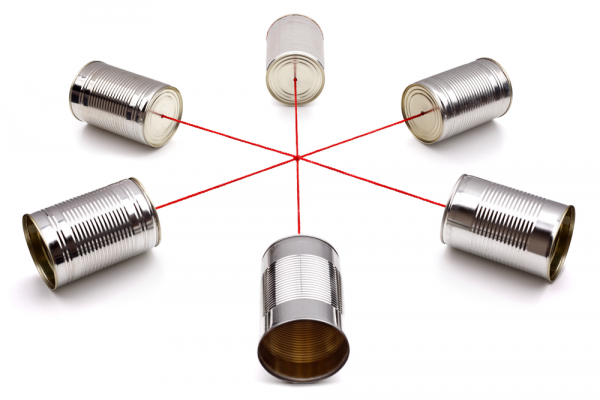
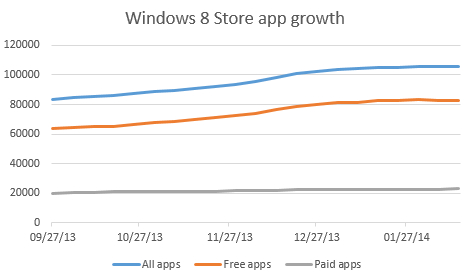
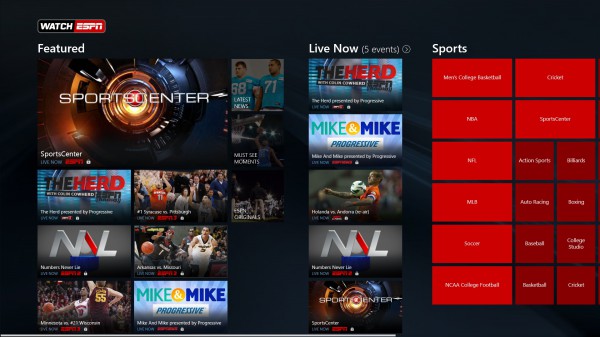

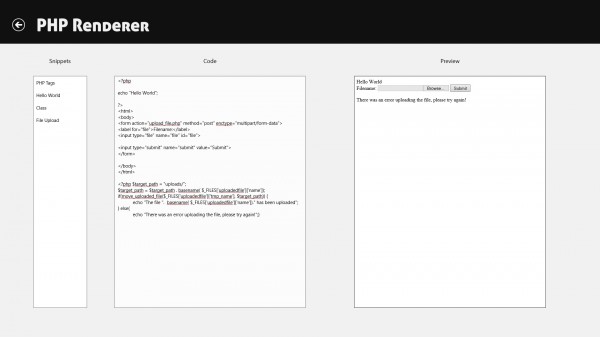

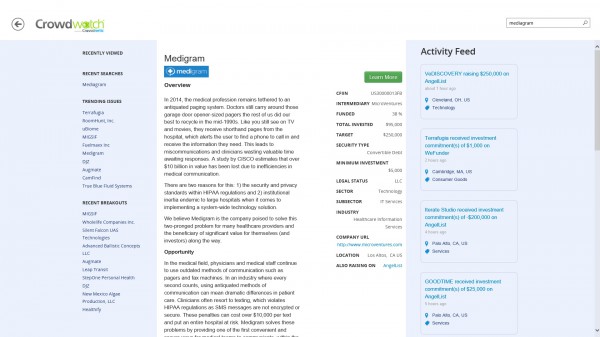
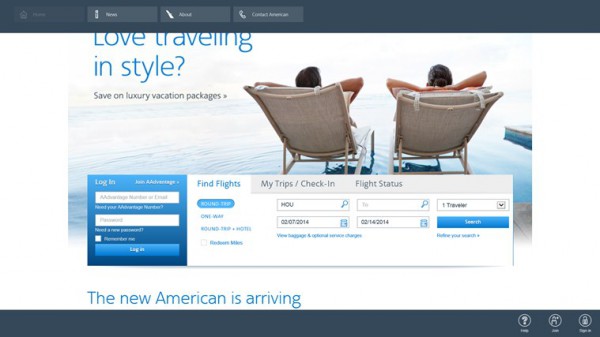




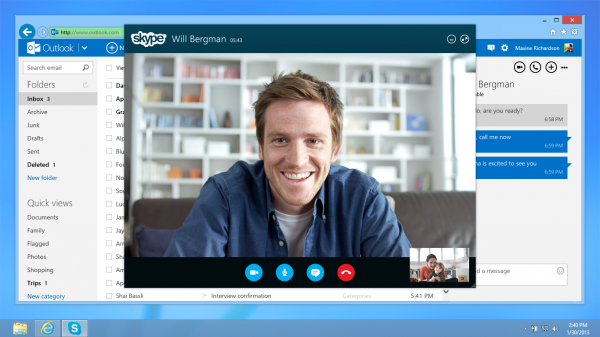







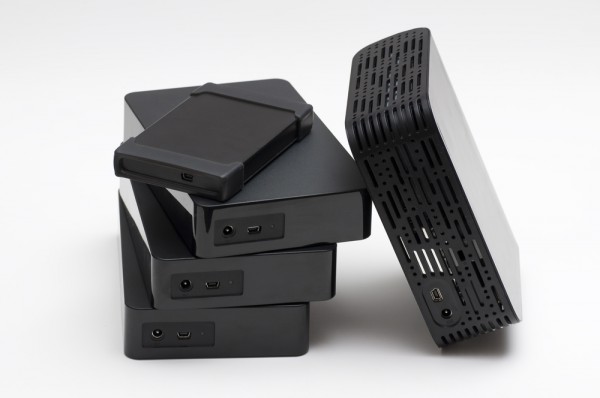





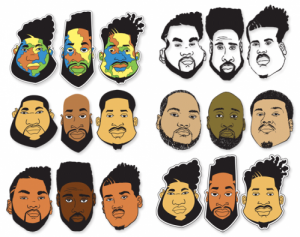 As someone who was born in the 80's and raised on Long Island, I am by default a De La Soul fan. They were the people that taught me Hip-Hop didn't have to be about violence and gangs. The trio was about peace, rhyming and having fun. Sadly, this cost them a bit of street credibility as they earned a "soft" label. However, true Hip-Hop heads know De La Soul is legit.
As someone who was born in the 80's and raised on Long Island, I am by default a De La Soul fan. They were the people that taught me Hip-Hop didn't have to be about violence and gangs. The trio was about peace, rhyming and having fun. Sadly, this cost them a bit of street credibility as they earned a "soft" label. However, true Hip-Hop heads know De La Soul is legit.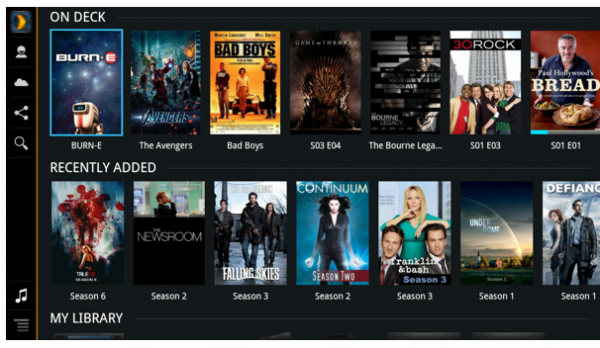
 A person's genitals do not define their gender. At least that is what some people believe. As a trained Sociologist, I accept that forces beyond biology define how a person identifies. In other words, a person may identify as a man, despite having female reproductive organs. Maybe they identify as something else altogether.
A person's genitals do not define their gender. At least that is what some people believe. As a trained Sociologist, I accept that forces beyond biology define how a person identifies. In other words, a person may identify as a man, despite having female reproductive organs. Maybe they identify as something else altogether.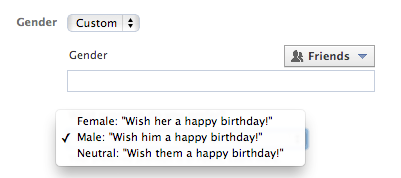
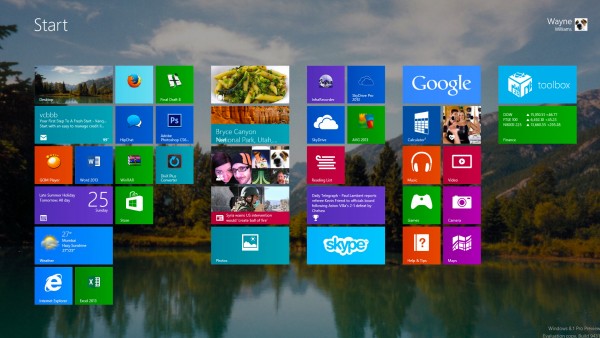

 In the technology community, we have quite a few nerds and geeks (myself included). These types of people often like the same things -- video games, Mountain Dew and Star Wars to name a few. The problem is, media on discs, like DVD or Blu-Ray, are old hat; streaming media is where it's at.
In the technology community, we have quite a few nerds and geeks (myself included). These types of people often like the same things -- video games, Mountain Dew and Star Wars to name a few. The problem is, media on discs, like DVD or Blu-Ray, are old hat; streaming media is where it's at.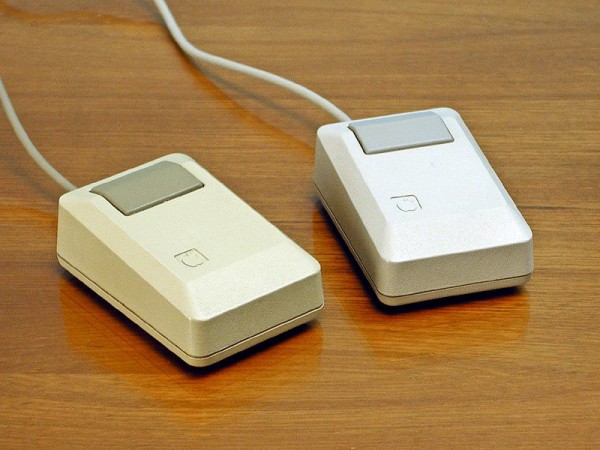
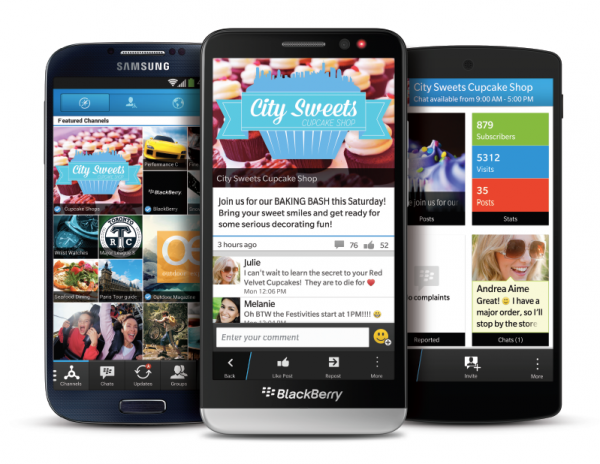


 The spread of BYOD means that employees increasingly expect a seamless experience, accessing content on the device of their choice.
The spread of BYOD means that employees increasingly expect a seamless experience, accessing content on the device of their choice.


 Apple overtakes Microsoft! That’s not a headline you'd expect to read, and when you look at sales of Macs versus Windows desktops, Macs and Windows laptops, or any combination of these, it is Windows devices that are always going to come out on top. But look at things from a different angle and it is a very different story. In Q4 2013, the number of Apple devices sold exceeded the number of Windows PCs sold around the world.
Apple overtakes Microsoft! That’s not a headline you'd expect to read, and when you look at sales of Macs versus Windows desktops, Macs and Windows laptops, or any combination of these, it is Windows devices that are always going to come out on top. But look at things from a different angle and it is a very different story. In Q4 2013, the number of Apple devices sold exceeded the number of Windows PCs sold around the world.

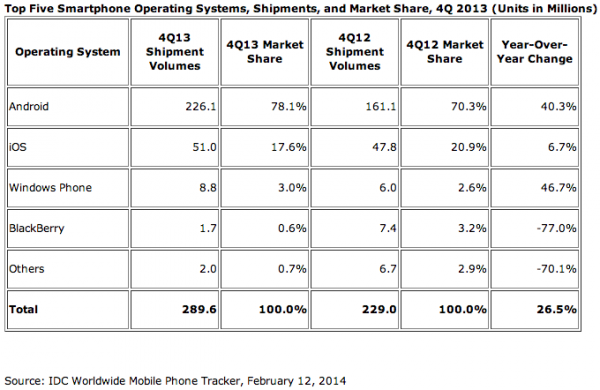

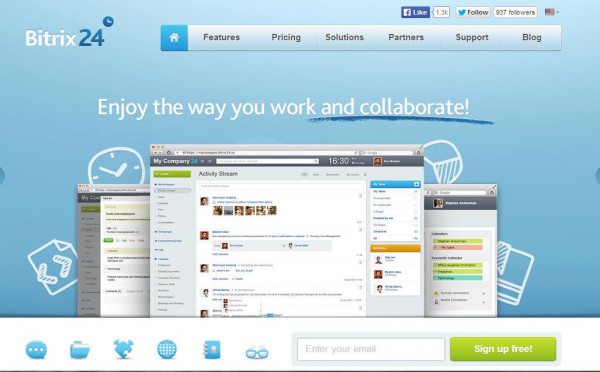

 With even budget PCs now including at least 4GB RAM, application memory usage isn' the issue it used to be. But if you're using an underpowered computer -- or a program with a memory leak -- then you could still run short of RAM, drastically cutting your system performance.
With even budget PCs now including at least 4GB RAM, application memory usage isn' the issue it used to be. But if you're using an underpowered computer -- or a program with a memory leak -- then you could still run short of RAM, drastically cutting your system performance.
 Rick Rotondo is VP of marketing and publication relations at
Rick Rotondo is VP of marketing and publication relations at 
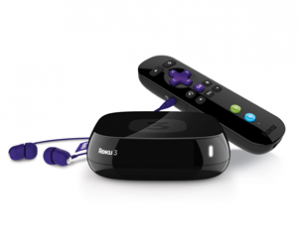 The sad state of affairs with the status of today's cord-cutting is that most channel apps and websites still include the requirement that demands the customer to verify a TV service provider. It's not the best solution, but for now it seems we must deal with it.
The sad state of affairs with the status of today's cord-cutting is that most channel apps and websites still include the requirement that demands the customer to verify a TV service provider. It's not the best solution, but for now it seems we must deal with it.
 CRM has been around for a long time, but don't be tempted to think that it's on the way out. Companies are seeing CRM technology as a major part of their digital initiatives in order to improve customer experience.
CRM has been around for a long time, but don't be tempted to think that it's on the way out. Companies are seeing CRM technology as a major part of their digital initiatives in order to improve customer experience. Threats to Mac OS X, Linux and Android systems have increased over the past year as the malware landscape has evolved.
Threats to Mac OS X, Linux and Android systems have increased over the past year as the malware landscape has evolved.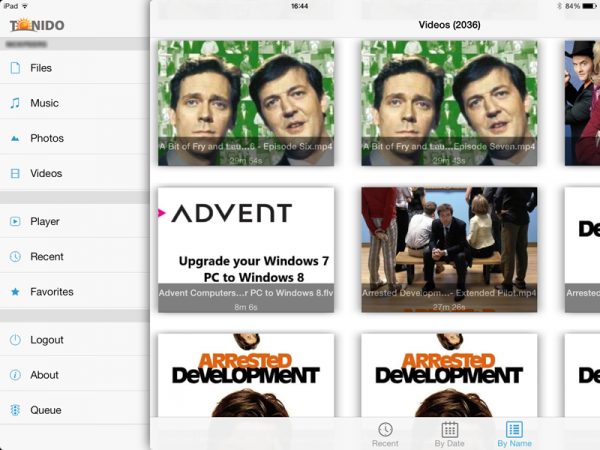

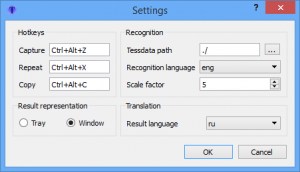 Translation services from Google, Bing and others mean it's now very easy to translate plain text, and there are a host of apps and browser extensions available to simplify the process further. Translating text embedded in an image requires a little more work, but Screen Translator is an open source tool which may be able to help.
Translation services from Google, Bing and others mean it's now very easy to translate plain text, and there are a host of apps and browser extensions available to simplify the process further. Translating text embedded in an image requires a little more work, but Screen Translator is an open source tool which may be able to help.



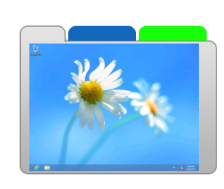 The Windows desktop is a great place to work, when you're running two or three programs. Launch 10, 20, maybe 30, and life becomes rather more difficult. Application windows are everywhere, taskbar buttons become tiny, even Alt+Tab becomes awkward to use.
The Windows desktop is a great place to work, when you're running two or three programs. Launch 10, 20, maybe 30, and life becomes rather more difficult. Application windows are everywhere, taskbar buttons become tiny, even Alt+Tab becomes awkward to use.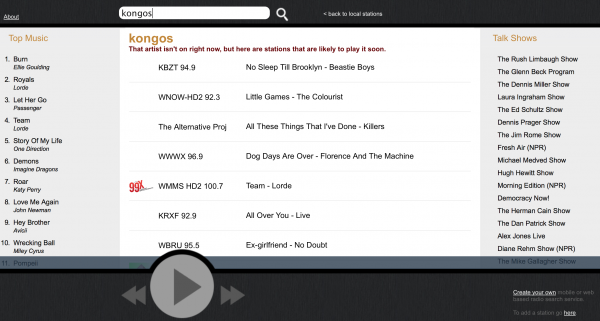
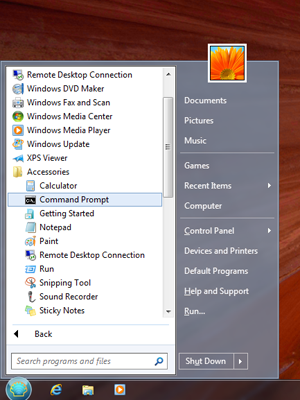 Yesterday I wrote about the forthcoming
Yesterday I wrote about the forthcoming 
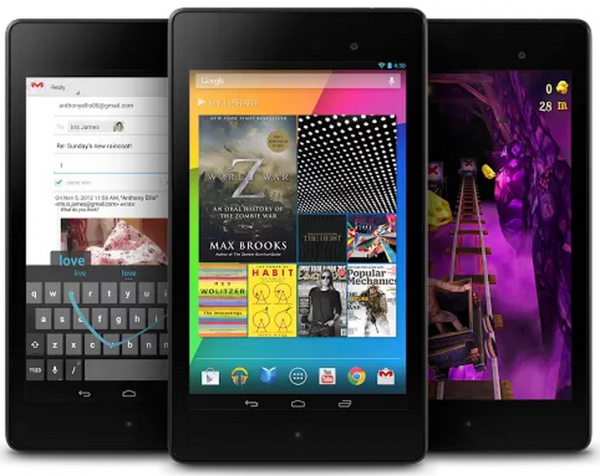

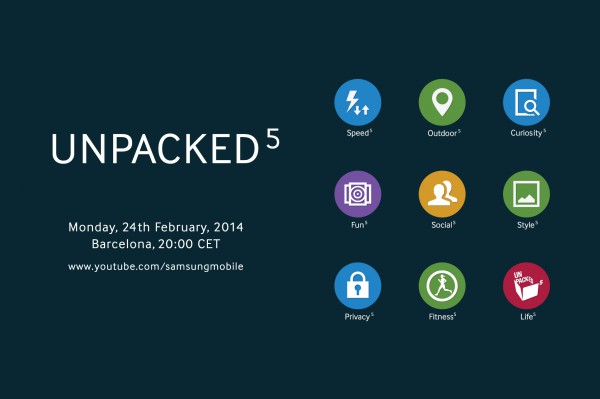
 Browse just about any Windows tips site and you’ll find tutorials on how to customize various Explorer right-click menus. Adding the ability to open the command prompt at a particular folder is a particular favorite; shutting down your system from the desktop right-click menu is another.
Browse just about any Windows tips site and you’ll find tutorials on how to customize various Explorer right-click menus. Adding the ability to open the command prompt at a particular folder is a particular favorite; shutting down your system from the desktop right-click menu is another.


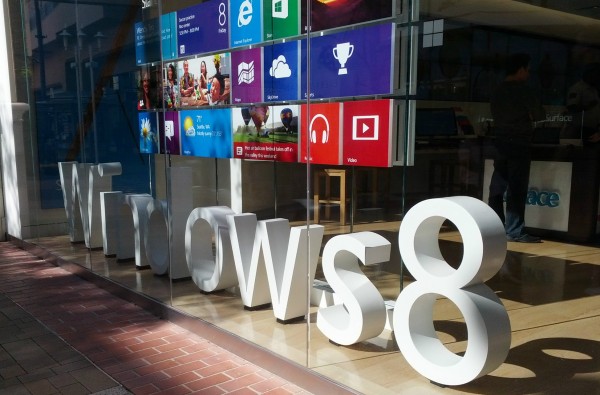

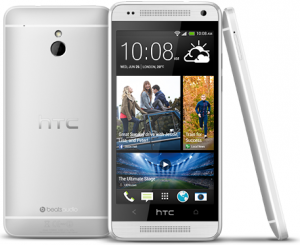 HTC is a brand that has fallen from the lofty heights it enjoyed just a few years ago. Today, the company releases fourth quarter earnings and the figures do not make for particularly happy reading.
HTC is a brand that has fallen from the lofty heights it enjoyed just a few years ago. Today, the company releases fourth quarter earnings and the figures do not make for particularly happy reading.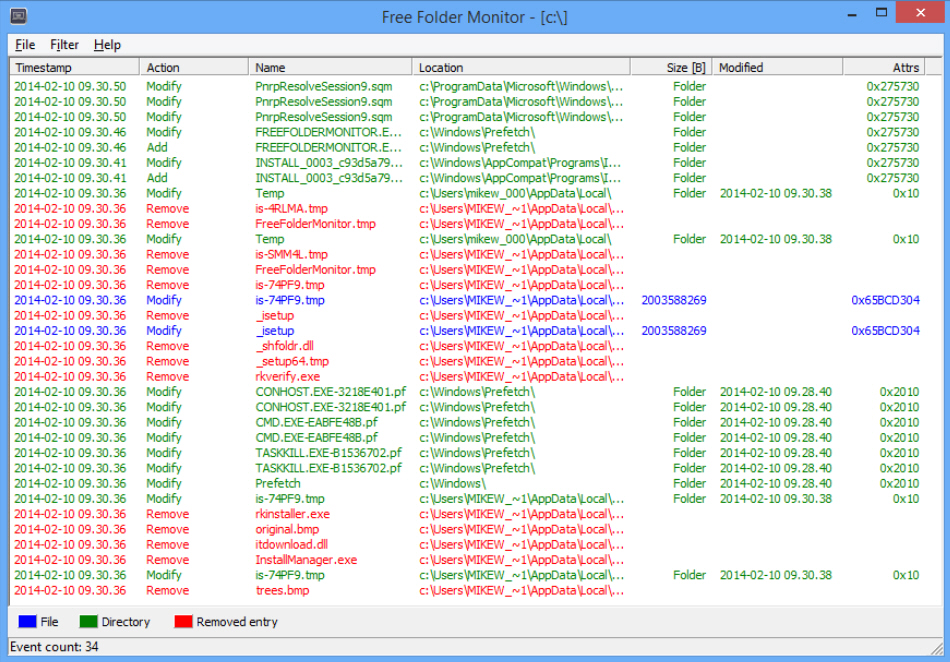

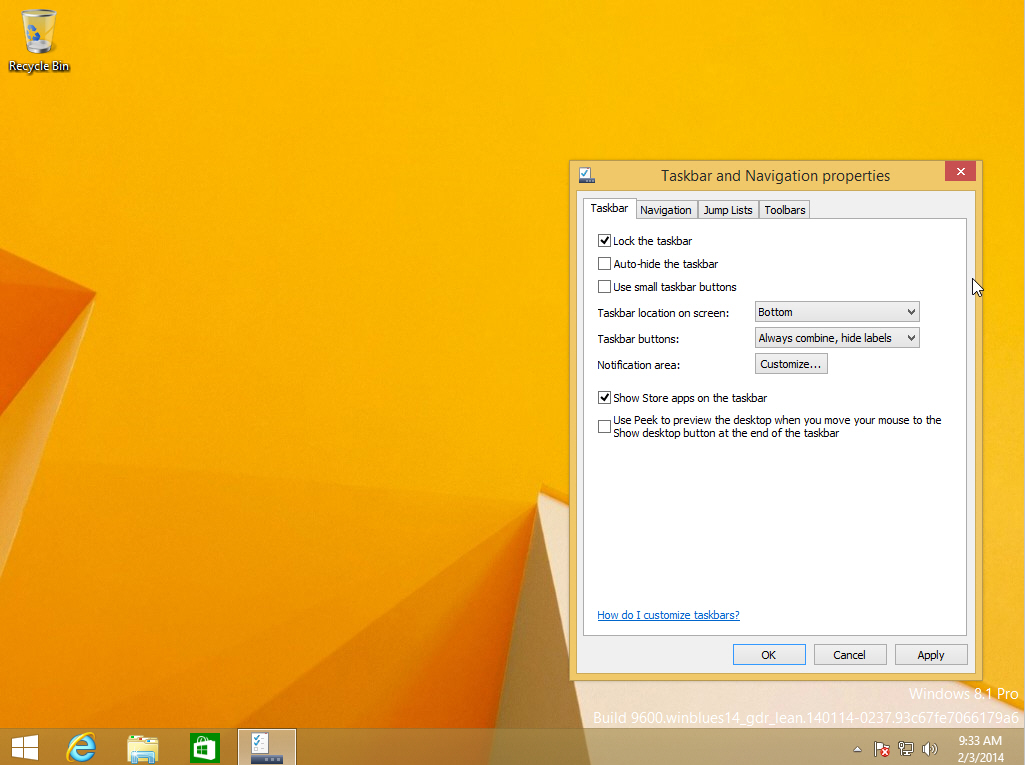 Derekaw said: "The Windows 8 experiment continues. It's like being part of a beta program". And he’s right, it is. Every iteration of the OS moves further and further away from the original release. It feels as if Microsoft is now just trying features out in the hope of finally coming up with something that appeals to everyone.
Derekaw said: "The Windows 8 experiment continues. It's like being part of a beta program". And he’s right, it is. Every iteration of the OS moves further and further away from the original release. It feels as if Microsoft is now just trying features out in the hope of finally coming up with something that appeals to everyone.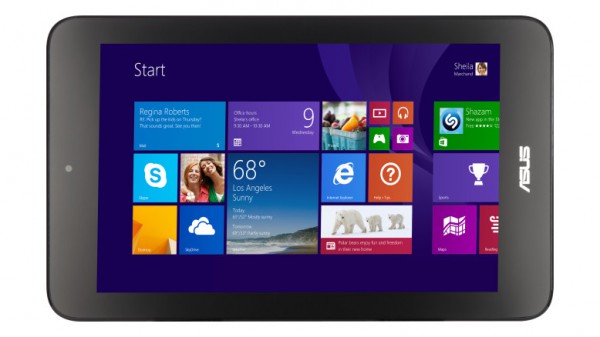
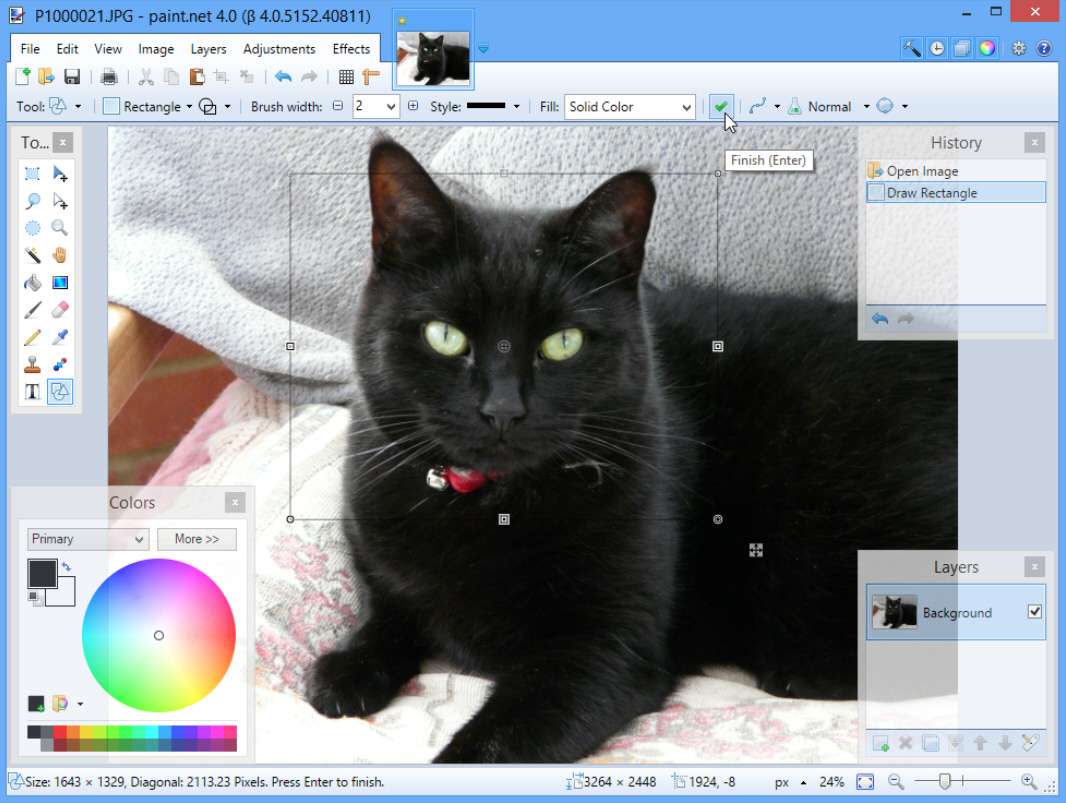
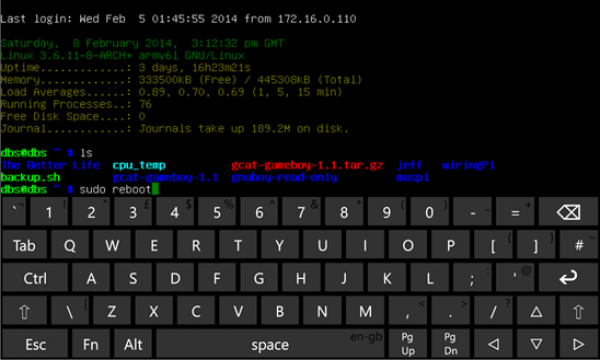
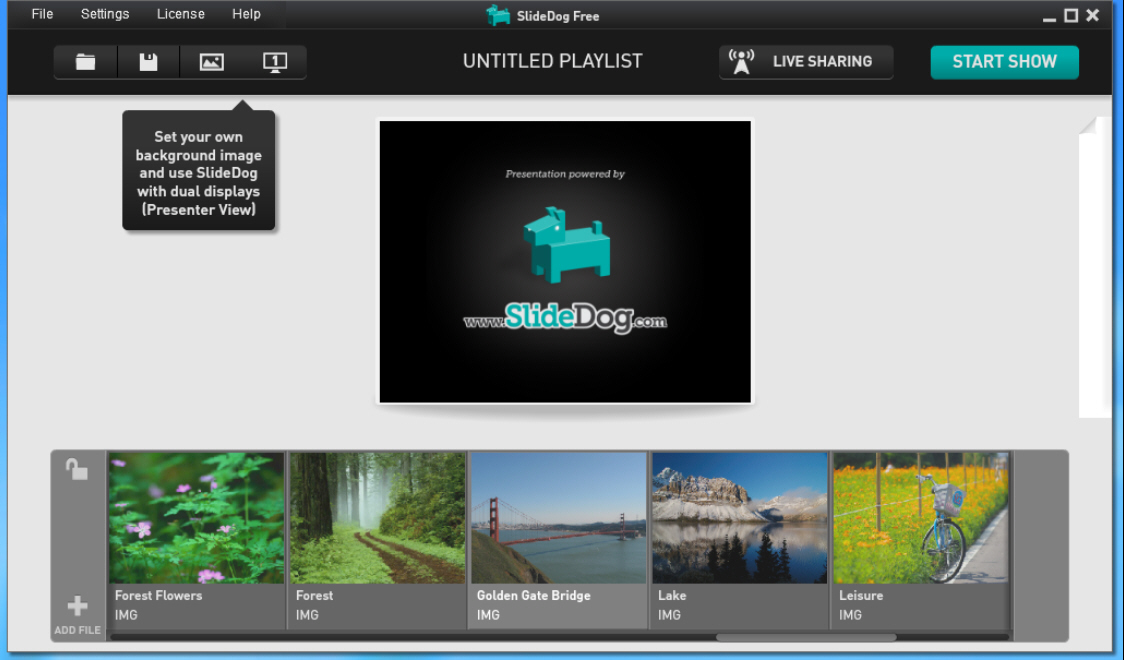

 Firefox is my favorite browser, but I don't use it. While that sounds crazy, and it sort of is, there is a method to my madness. You see, Google Chrome utilizes Google accounts, which makes my life easier.
Firefox is my favorite browser, but I don't use it. While that sounds crazy, and it sort of is, there is a method to my madness. You see, Google Chrome utilizes Google accounts, which makes my life easier. Deciding which browser extensions are trustworthy has always been an uncertain business. If an add-on is highly rated, with plenty of users, then it should be safe… But as the
Deciding which browser extensions are trustworthy has always been an uncertain business. If an add-on is highly rated, with plenty of users, then it should be safe… But as the 
 The biggest news of the week has to be the appointment of
The biggest news of the week has to be the appointment of  You might think that Russia has just about enough on its plate at the moment, what with having the Winter Olympics to host and fending off
You might think that Russia has just about enough on its plate at the moment, what with having the Winter Olympics to host and fending off  The app market has exploded but only a few apps will survive in the long haul. The ability to monetize will be the defining factor. Fortunately, innovations in mobile technology have emerged to make monetization possible with in-app advertising and in-app purchase models.
The app market has exploded but only a few apps will survive in the long haul. The ability to monetize will be the defining factor. Fortunately, innovations in mobile technology have emerged to make monetization possible with in-app advertising and in-app purchase models. Colin Jeavons is the President and CEO of
Colin Jeavons is the President and CEO of 
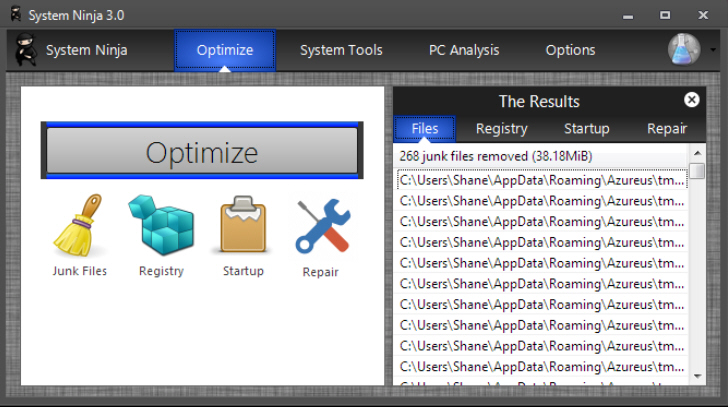
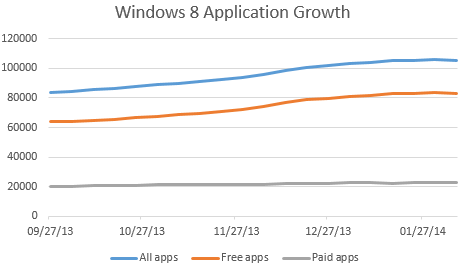
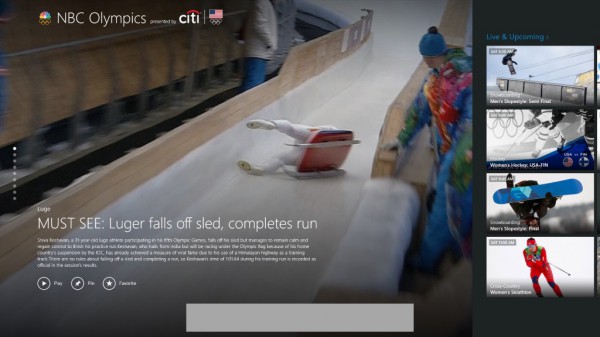


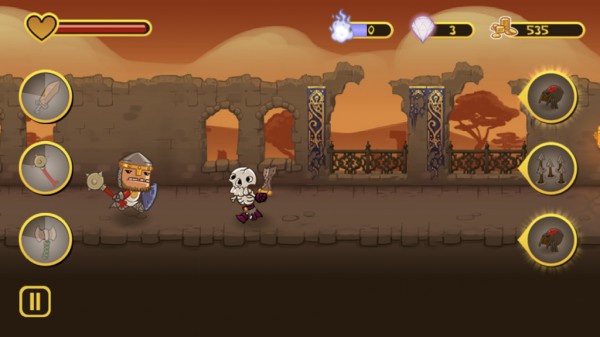

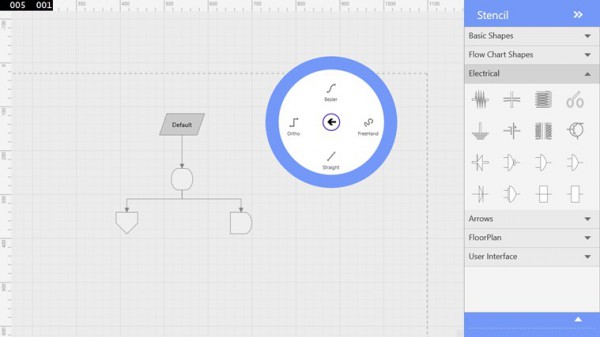



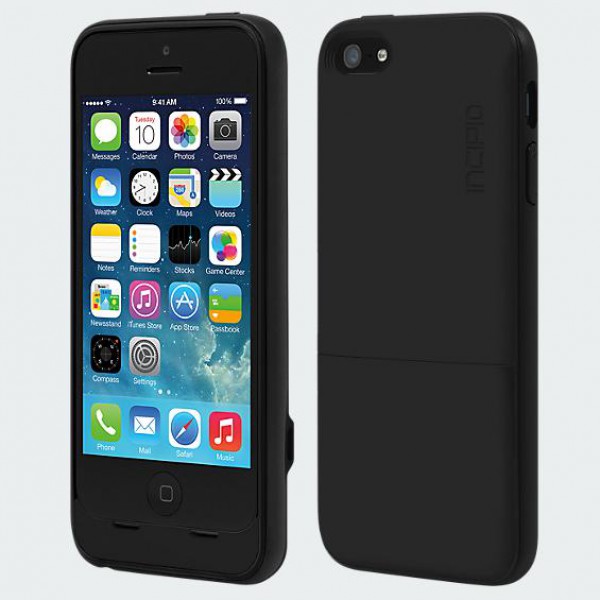








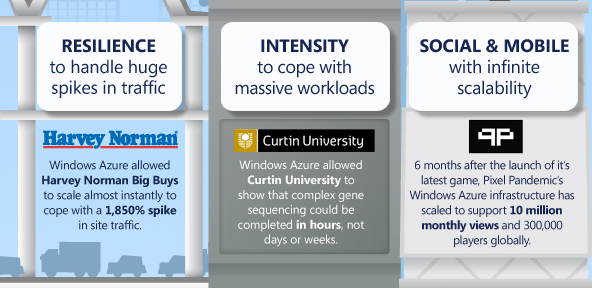
 Derrick Wlodarz is an IT Specialist who owns Park Ridge, IL (USA) based technology consulting & service company
Derrick Wlodarz is an IT Specialist who owns Park Ridge, IL (USA) based technology consulting & service company 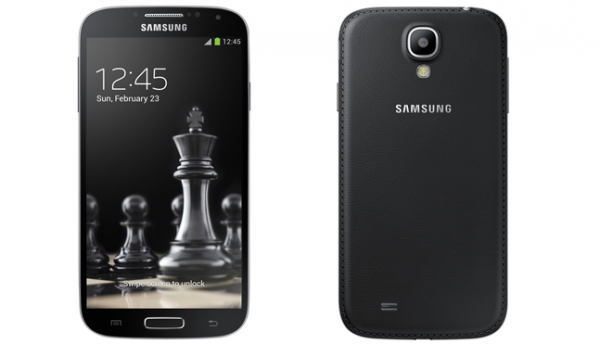
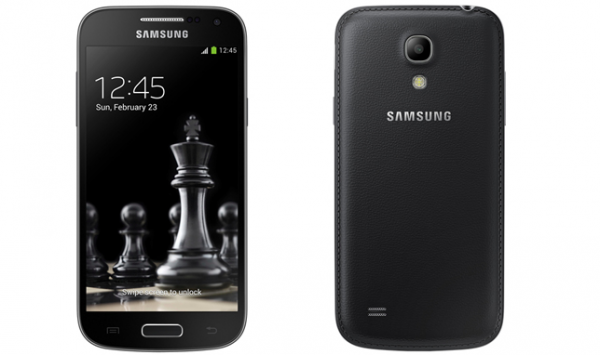
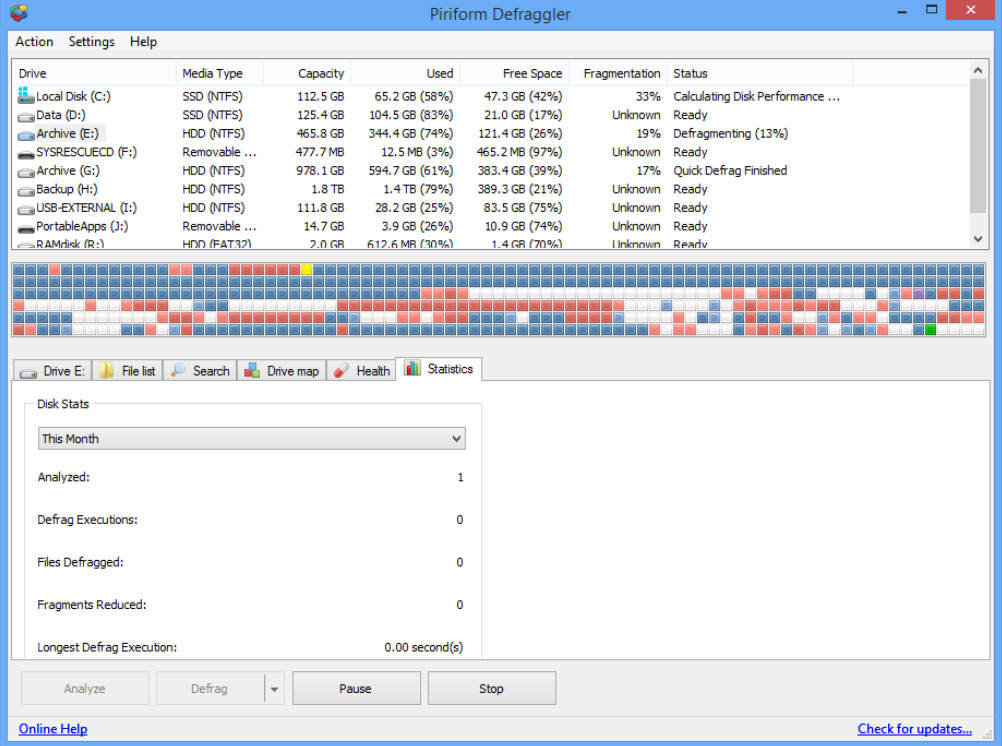



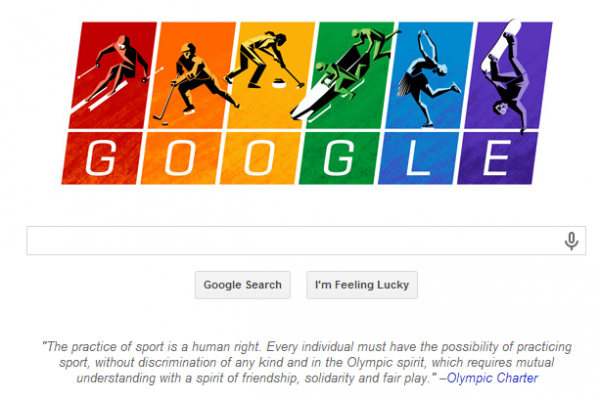
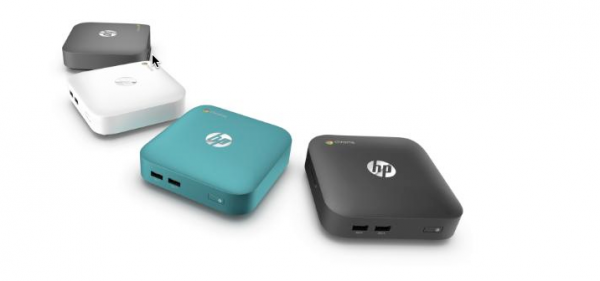

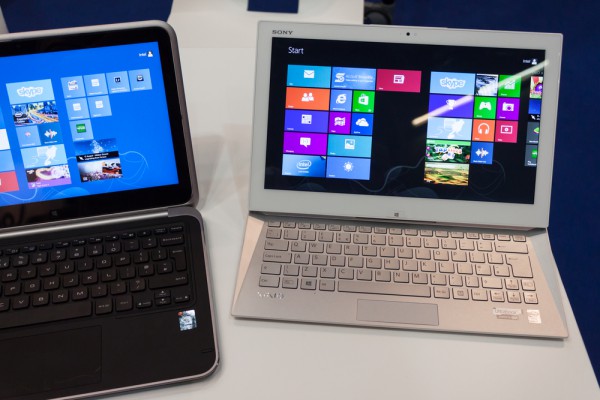


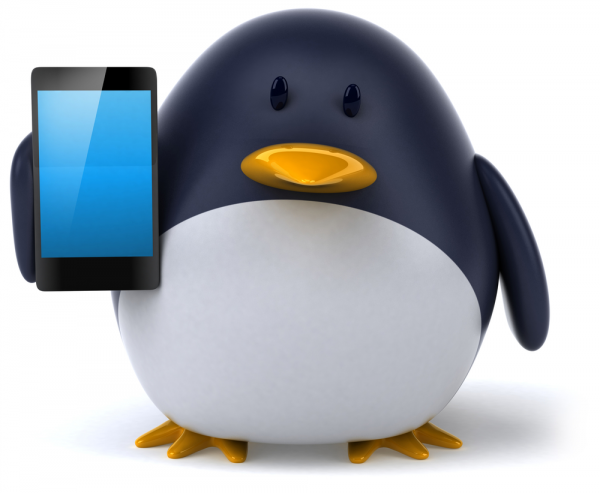
 At first glance
At first glance 
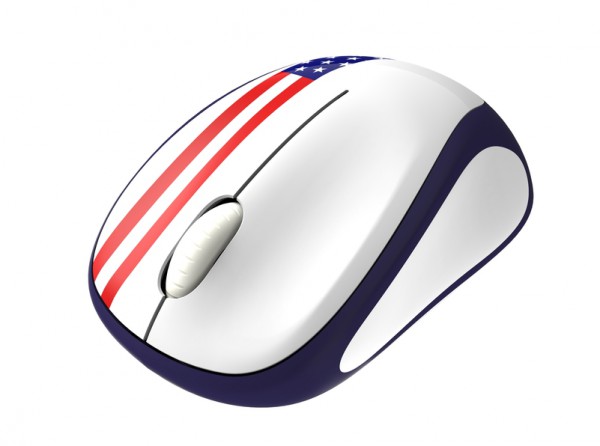
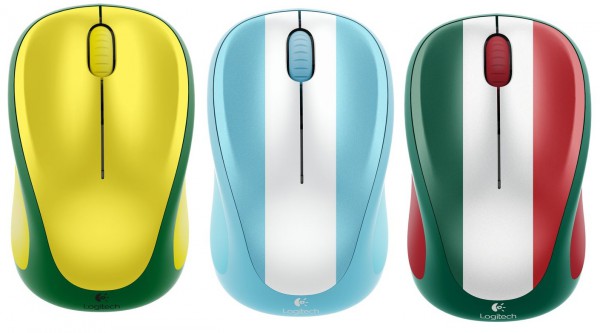
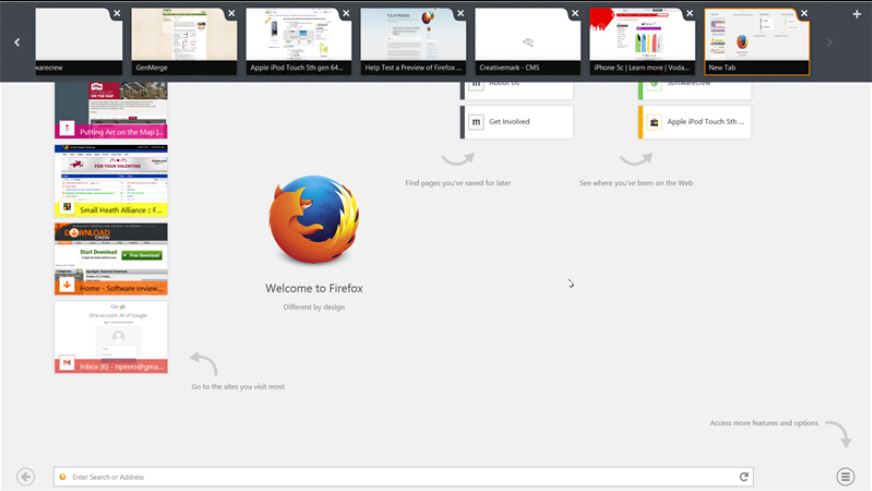
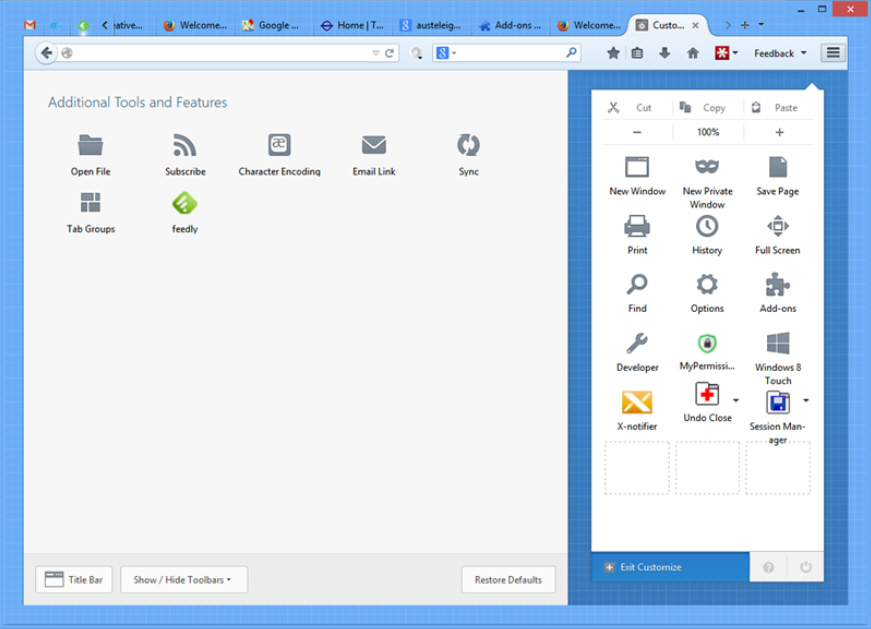
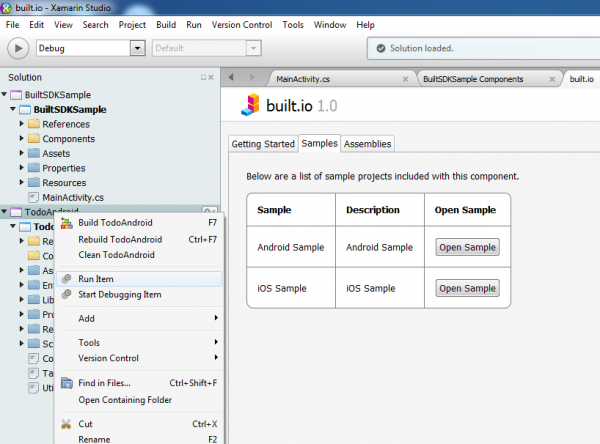
 The struggling musician is an almost iconic figure in today's culture. For every one that makes it, thousands sadly fail. Having talent is obviously the biggest key to success, but even that sometimes isn't enough. It needs to be combined with a bit of luck to get noticed.
The struggling musician is an almost iconic figure in today's culture. For every one that makes it, thousands sadly fail. Having talent is obviously the biggest key to success, but even that sometimes isn't enough. It needs to be combined with a bit of luck to get noticed.
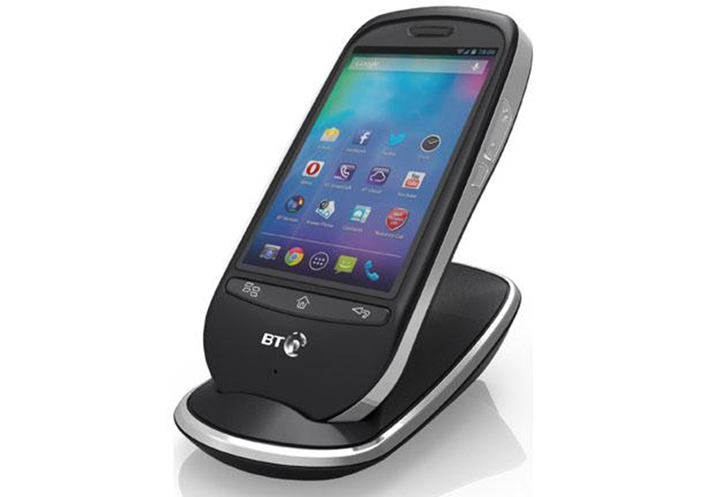
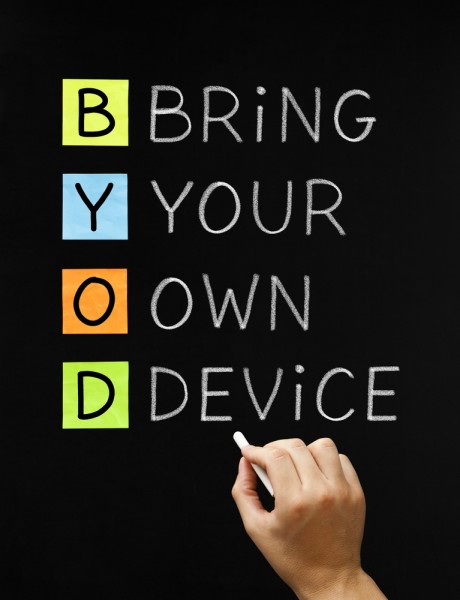
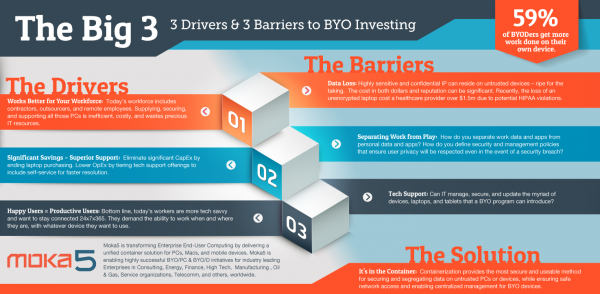

 Himanshu Sareen is the founder and CEO of NYC based software development firm
Himanshu Sareen is the founder and CEO of NYC based software development firm 
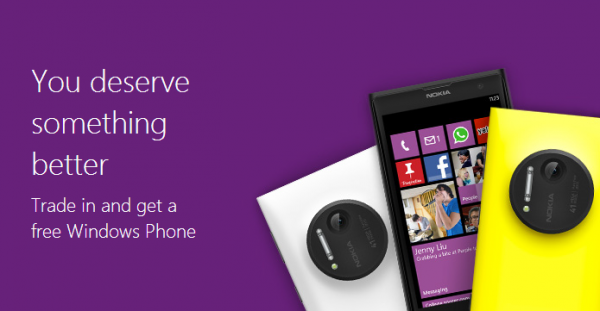
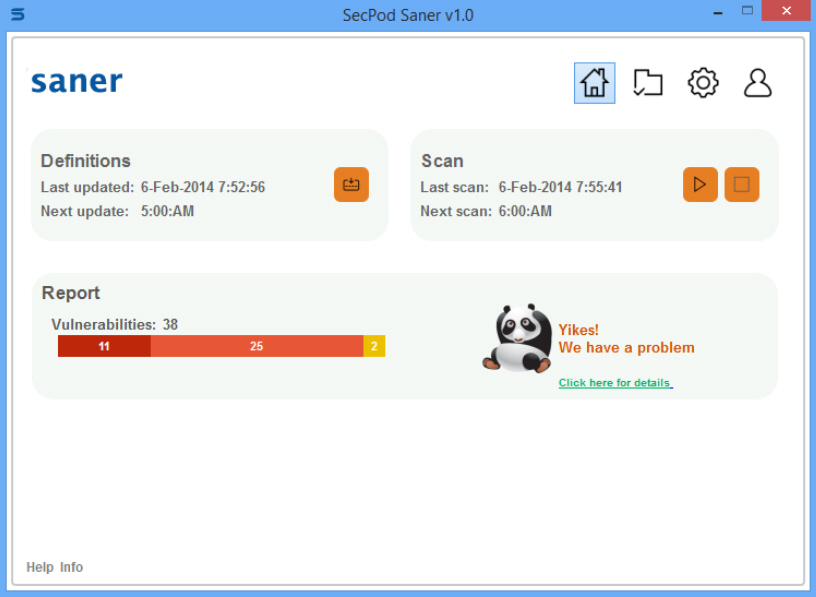 Installing a reliable antivirus package is a key part of maintaining your PC’s security, but there’s more you can do. It’s just as important to ensure you keep up-to-date with the latest software patches, blocking security vulnerabilities before malware can exploit them.
Installing a reliable antivirus package is a key part of maintaining your PC’s security, but there’s more you can do. It’s just as important to ensure you keep up-to-date with the latest software patches, blocking security vulnerabilities before malware can exploit them.
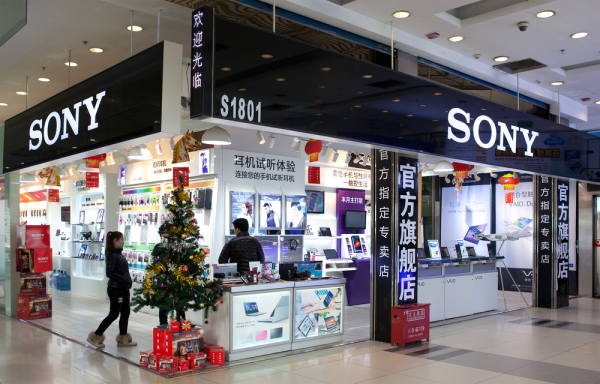
 Microsoft has a new CEO in former cloud and server chief Satya Nadella and readers have been asking me what this means? Certainly Nadella was the least bad of the internal candidates but an external selection would have been better. Whether it works out well or not probably comes down to Bill Gates, who leaves his job as chairman to become Nadella’s top technical advisor.
Microsoft has a new CEO in former cloud and server chief Satya Nadella and readers have been asking me what this means? Certainly Nadella was the least bad of the internal candidates but an external selection would have been better. Whether it works out well or not probably comes down to Bill Gates, who leaves his job as chairman to become Nadella’s top technical advisor.
 If you're browsing the web and find an image you'd like to keep, then the procedure is almost always the same: right-click, select "Save image as", and choose your preferred destination. That's simple enough, too, but if you’re saving lots of pictures in the same session then it can get a little tedious.
If you're browsing the web and find an image you'd like to keep, then the procedure is almost always the same: right-click, select "Save image as", and choose your preferred destination. That's simple enough, too, but if you’re saving lots of pictures in the same session then it can get a little tedious.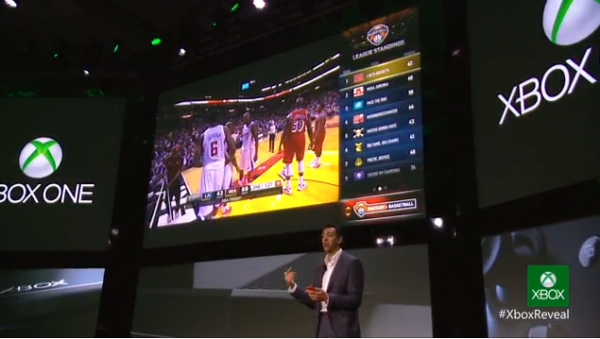
 The name 37signals may not mean much to people outside of tech and business circles. This is a company that produces something that is better known than its own name: Basecamp. The very fact that 37signals is primarily, or even solely, associated with Basecamp seems as good a reason as any to consider a rebrand, and this is precisely what the company is doing. While some people content themselves with blowing out candles on a cake, 37signals celebrates its tenth birthday by renaming itself Basecamp.
The name 37signals may not mean much to people outside of tech and business circles. This is a company that produces something that is better known than its own name: Basecamp. The very fact that 37signals is primarily, or even solely, associated with Basecamp seems as good a reason as any to consider a rebrand, and this is precisely what the company is doing. While some people content themselves with blowing out candles on a cake, 37signals celebrates its tenth birthday by renaming itself Basecamp. VirusTotal has announced the addition of AegisLab as a new file scanning engine. The Taiwanese company was already working with VirusTotal on its URL scanner, but this should raise its profile significantly.
VirusTotal has announced the addition of AegisLab as a new file scanning engine. The Taiwanese company was already working with VirusTotal on its URL scanner, but this should raise its profile significantly. VideoLAN has released
VideoLAN has released 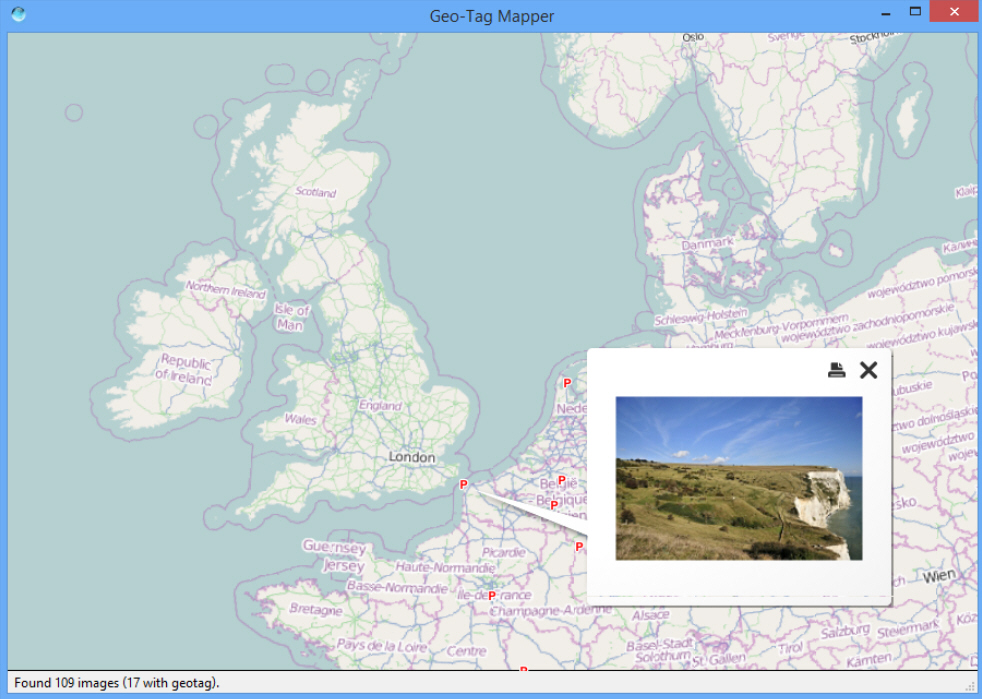
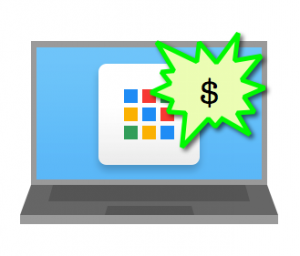 Paying a bounty for vulnerabilities has become more commonplace. Last month, Google announced it was offering
Paying a bounty for vulnerabilities has become more commonplace. Last month, Google announced it was offering 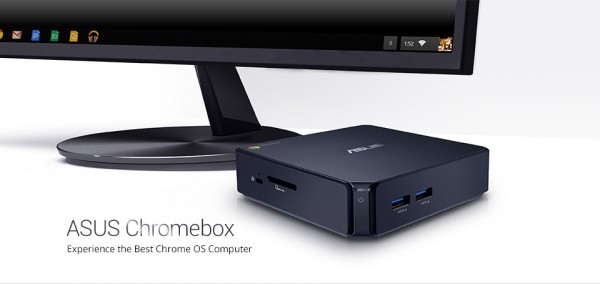


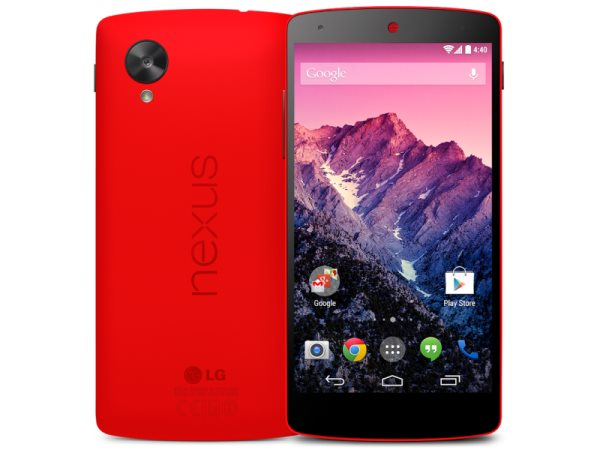

 As technology advances, so does the potential for its misuse. As smartphones gain better cameras and higher speed data connections, the likelihood of sharing naughty photos and videos increases. Sadly, this can end up harming both parties if it leaks online. The person in the photo or video can be embarrassed and the person that shares the content can possibly be charged with new "revenge porn" laws.
As technology advances, so does the potential for its misuse. As smartphones gain better cameras and higher speed data connections, the likelihood of sharing naughty photos and videos increases. Sadly, this can end up harming both parties if it leaks online. The person in the photo or video can be embarrassed and the person that shares the content can possibly be charged with new "revenge porn" laws.
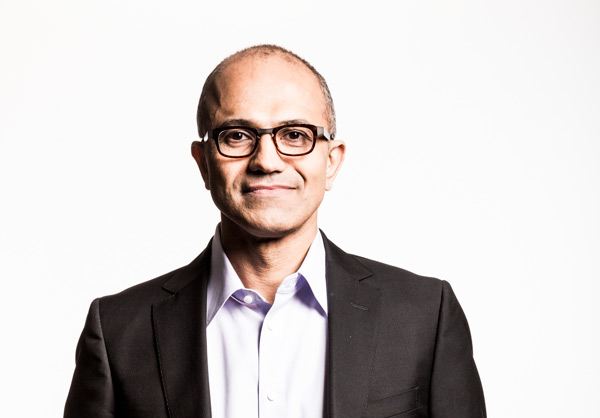



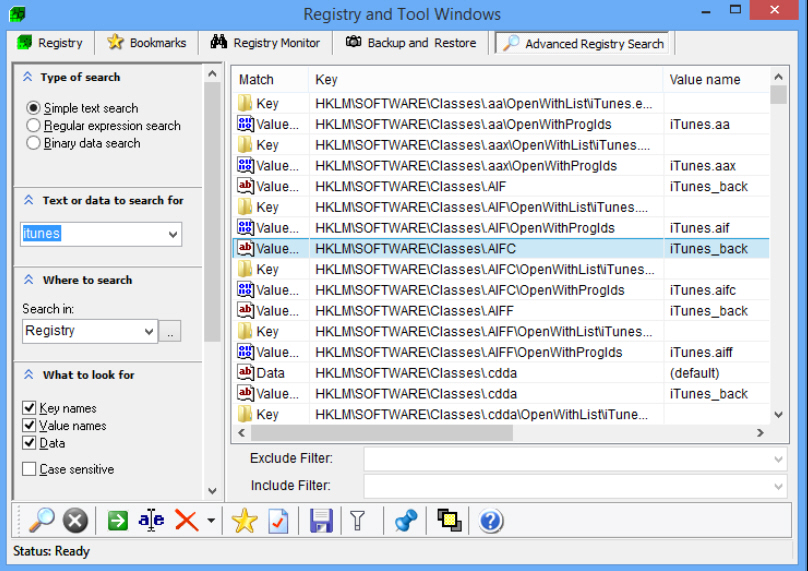

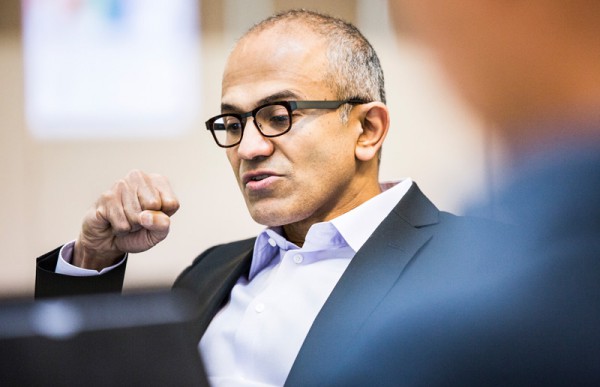

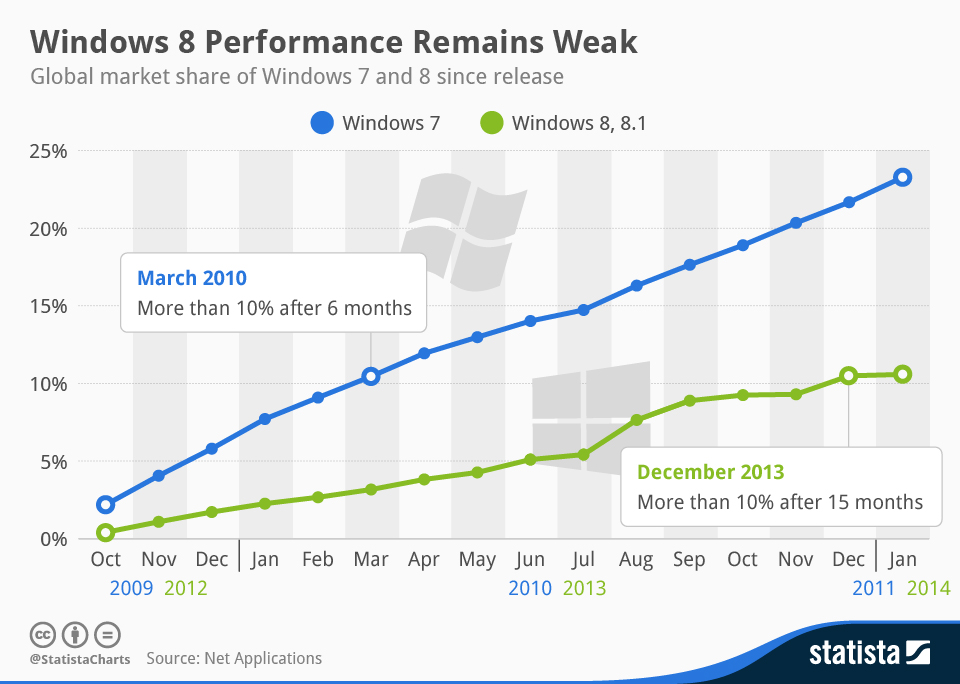

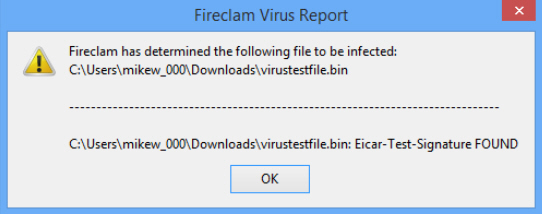 Firefox is a great browser in many ways, but malware protection isn’t one of them. The program tries to keep you away from dangerous sites, but isn’t particularly effective, and in our tests both Internet Explorer and Chrome do a much better job of keeping you safe.
Firefox is a great browser in many ways, but malware protection isn’t one of them. The program tries to keep you away from dangerous sites, but isn’t particularly effective, and in our tests both Internet Explorer and Chrome do a much better job of keeping you safe.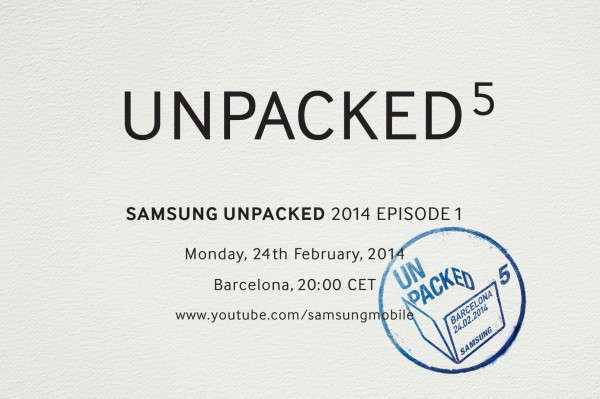
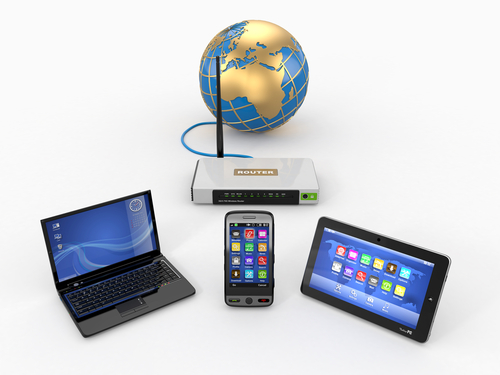
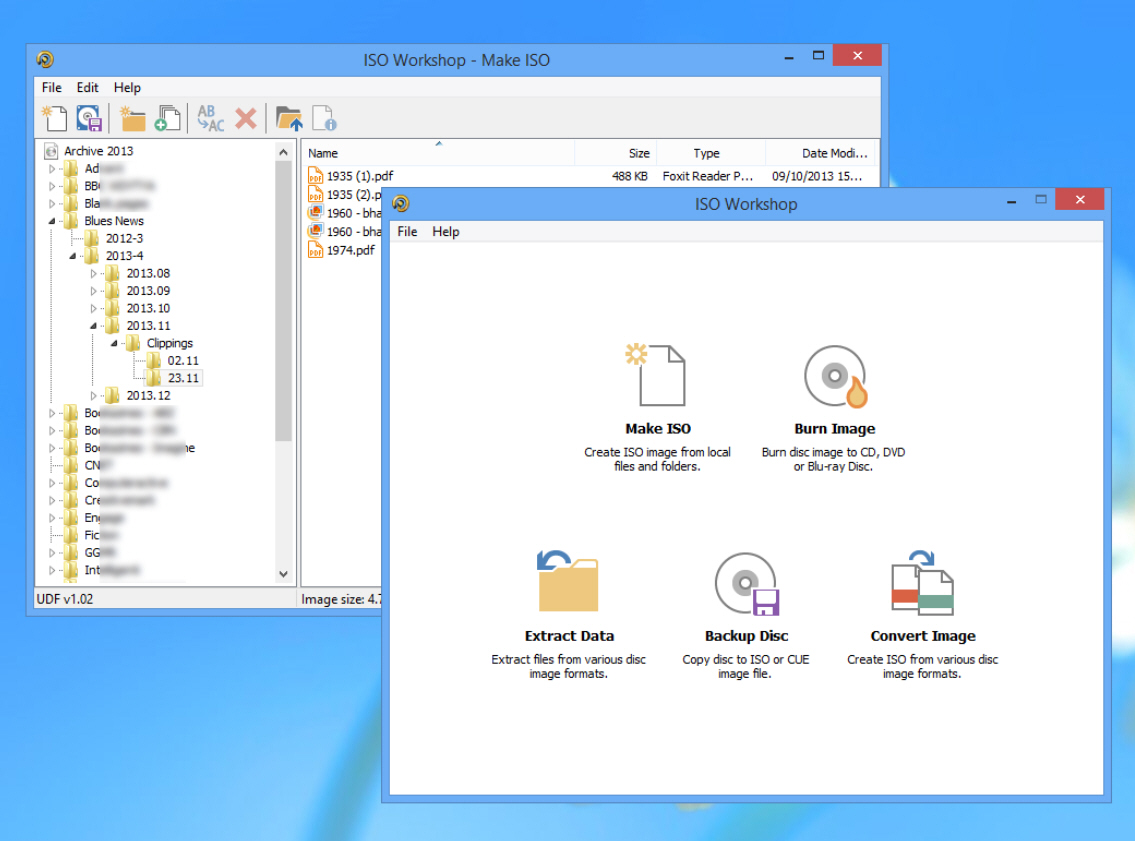
 According to Steve Jobs, Android is the best mobile OS -- for porn. He infamously declared that people who want porn should buy Android, because iOS would be porn-free. With that said, porn can be accessed on both iOS and Android by using a web browser (so I've heard).
According to Steve Jobs, Android is the best mobile OS -- for porn. He infamously declared that people who want porn should buy Android, because iOS would be porn-free. With that said, porn can be accessed on both iOS and Android by using a web browser (so I've heard).

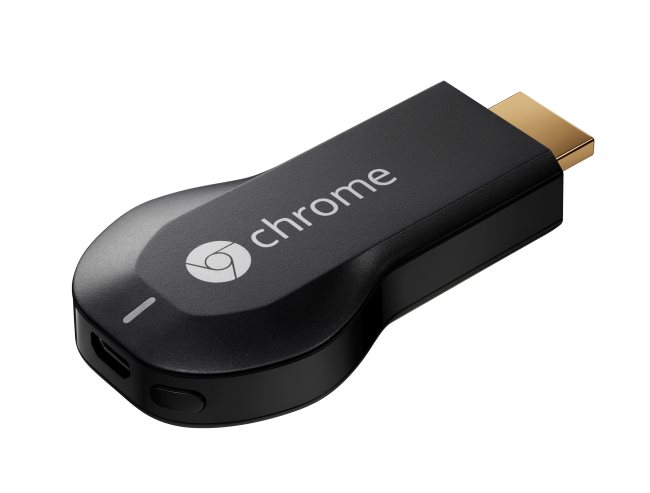
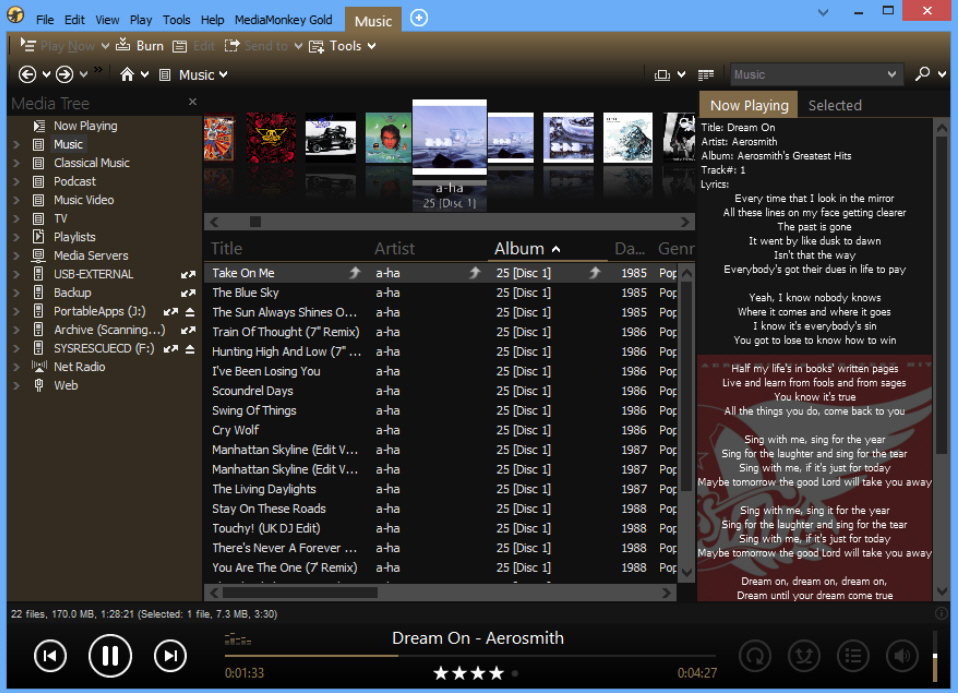 Ventis Media, Inc has released
Ventis Media, Inc has released 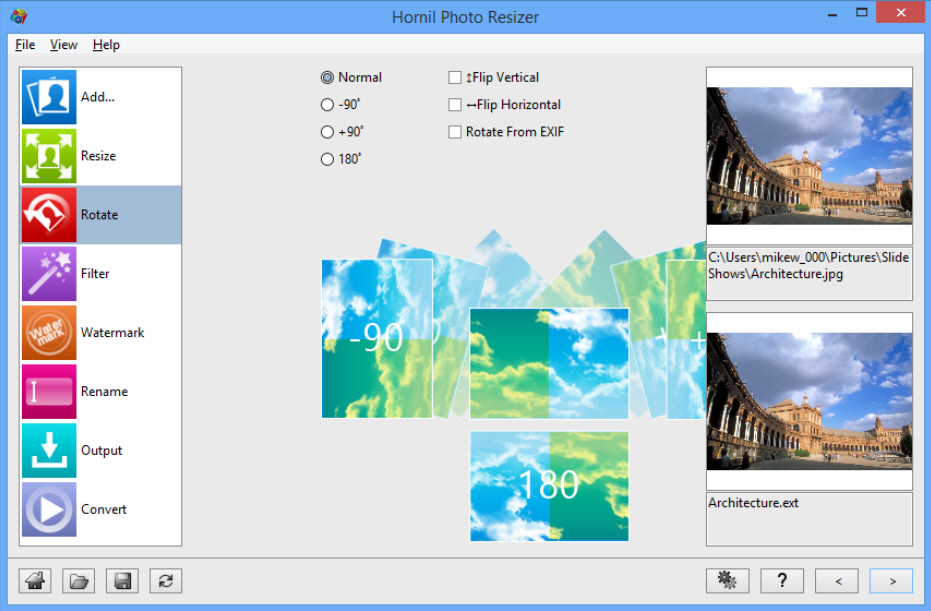
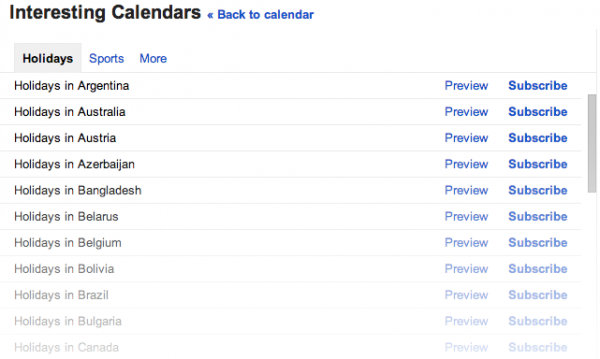


 2014 is not proving to be a very good year for security -- and it is not just down to the
2014 is not proving to be a very good year for security -- and it is not just down to the 
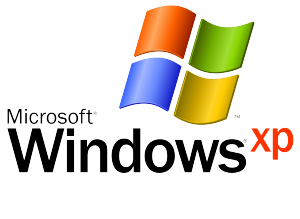 I have to admit I look forward to seeing
I have to admit I look forward to seeing 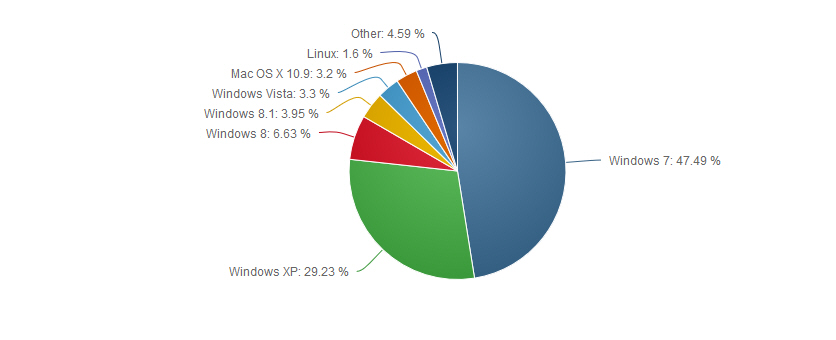


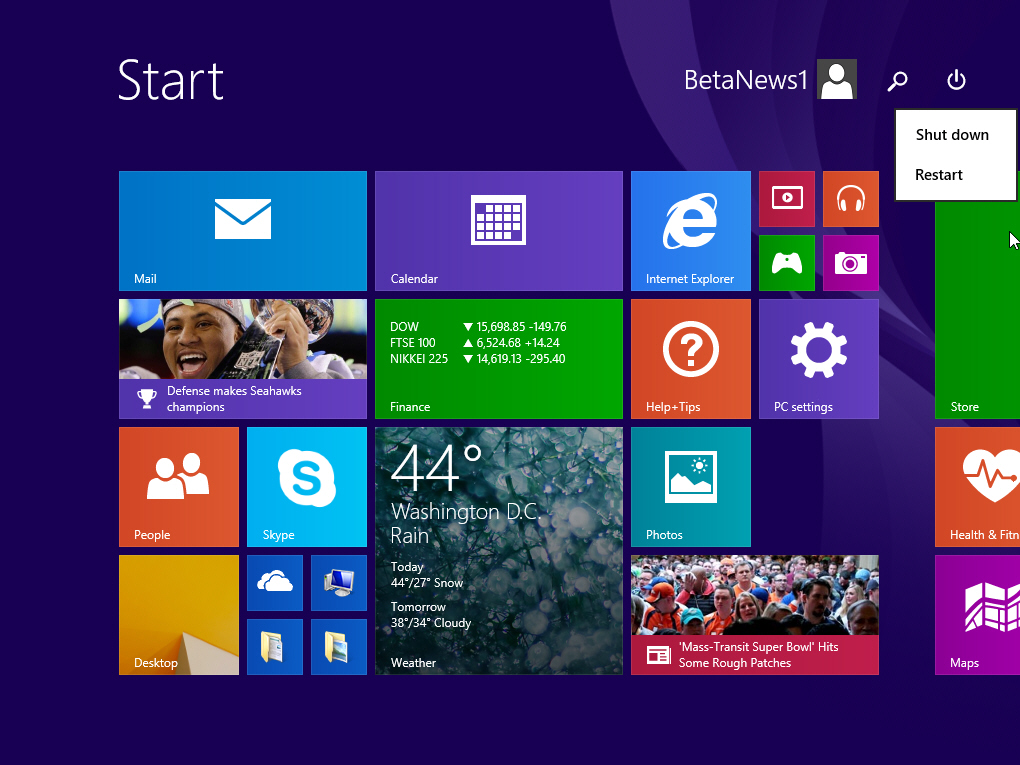
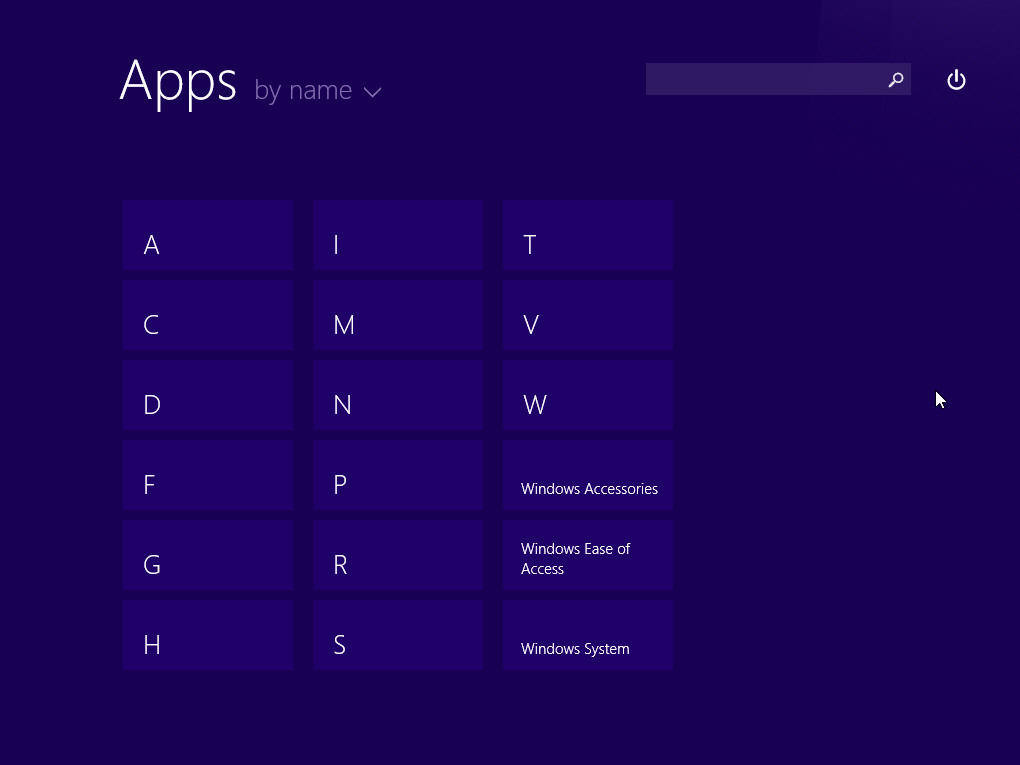
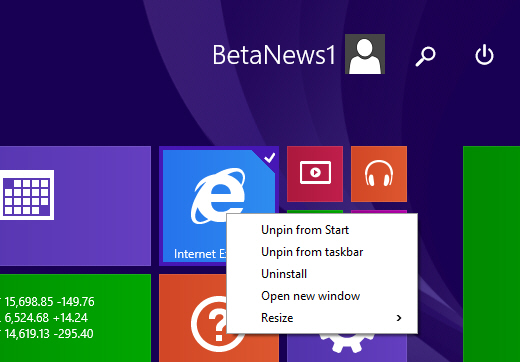

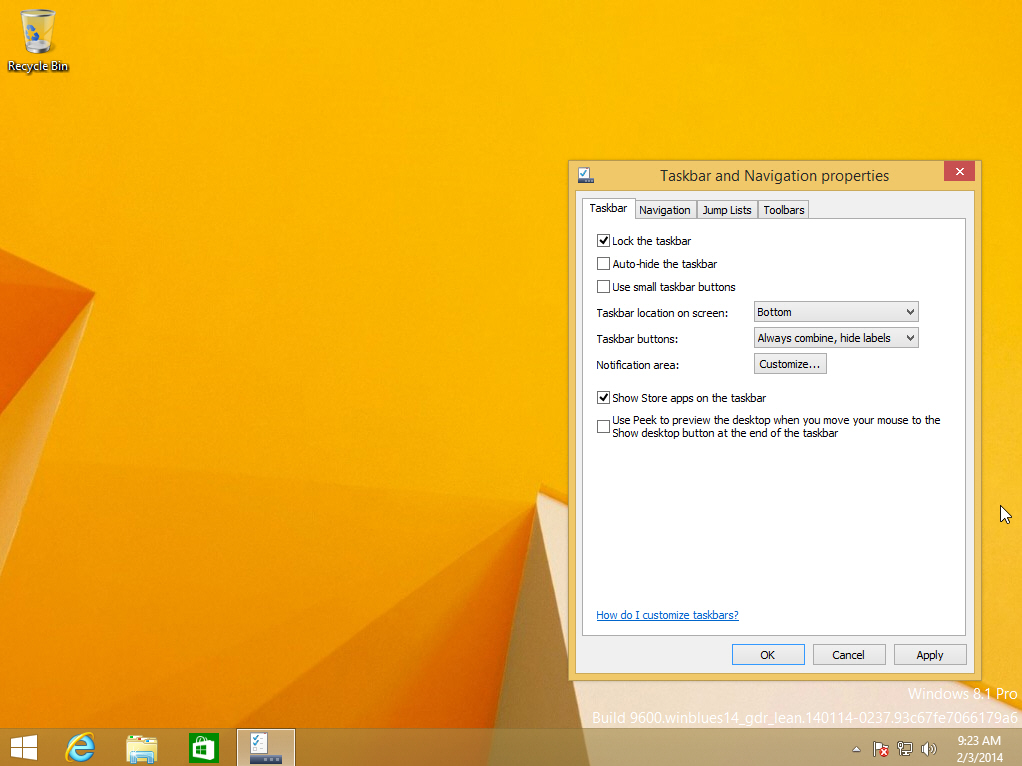
 University researchers have developed an app that can reveal when others are tracking your location amid growing concerns that many people are oblivious to their data being accessed.
University researchers have developed an app that can reveal when others are tracking your location amid growing concerns that many people are oblivious to their data being accessed.
 Today is a big day if you happen to be a fan of American football. It's Super Bowl Sunday, and the stage is set for the Seattle Seahawks and Denver Broncos to collide at Met-Life Stadium. The ads and the game itself, bring millions of viewers from all over the world, and the NFL has chosen this day to unveil its new mobile service.
Today is a big day if you happen to be a fan of American football. It's Super Bowl Sunday, and the stage is set for the Seattle Seahawks and Denver Broncos to collide at Met-Life Stadium. The ads and the game itself, bring millions of viewers from all over the world, and the NFL has chosen this day to unveil its new mobile service. Chris P.C. has announced the release of
Chris P.C. has announced the release of 
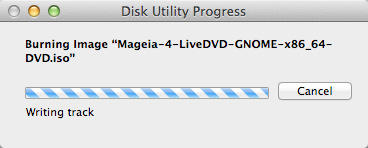
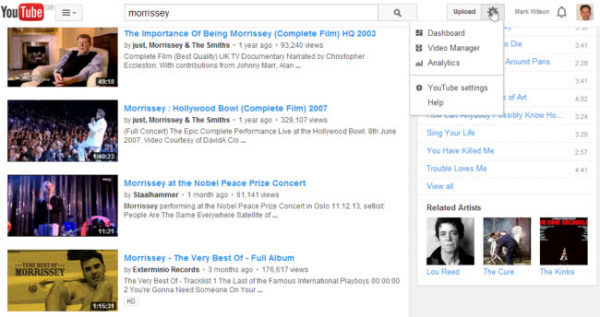
 The Low-level PC monitoring utility
The Low-level PC monitoring utility 
 Phew! Well it seems that 2014 is finally in full swing -- the past seven days have been the busiest in a while. It was a busy week for security. A piece of malware came to light that was using Windows computers as a means of
Phew! Well it seems that 2014 is finally in full swing -- the past seven days have been the busiest in a while. It was a busy week for security. A piece of malware came to light that was using Windows computers as a means of 